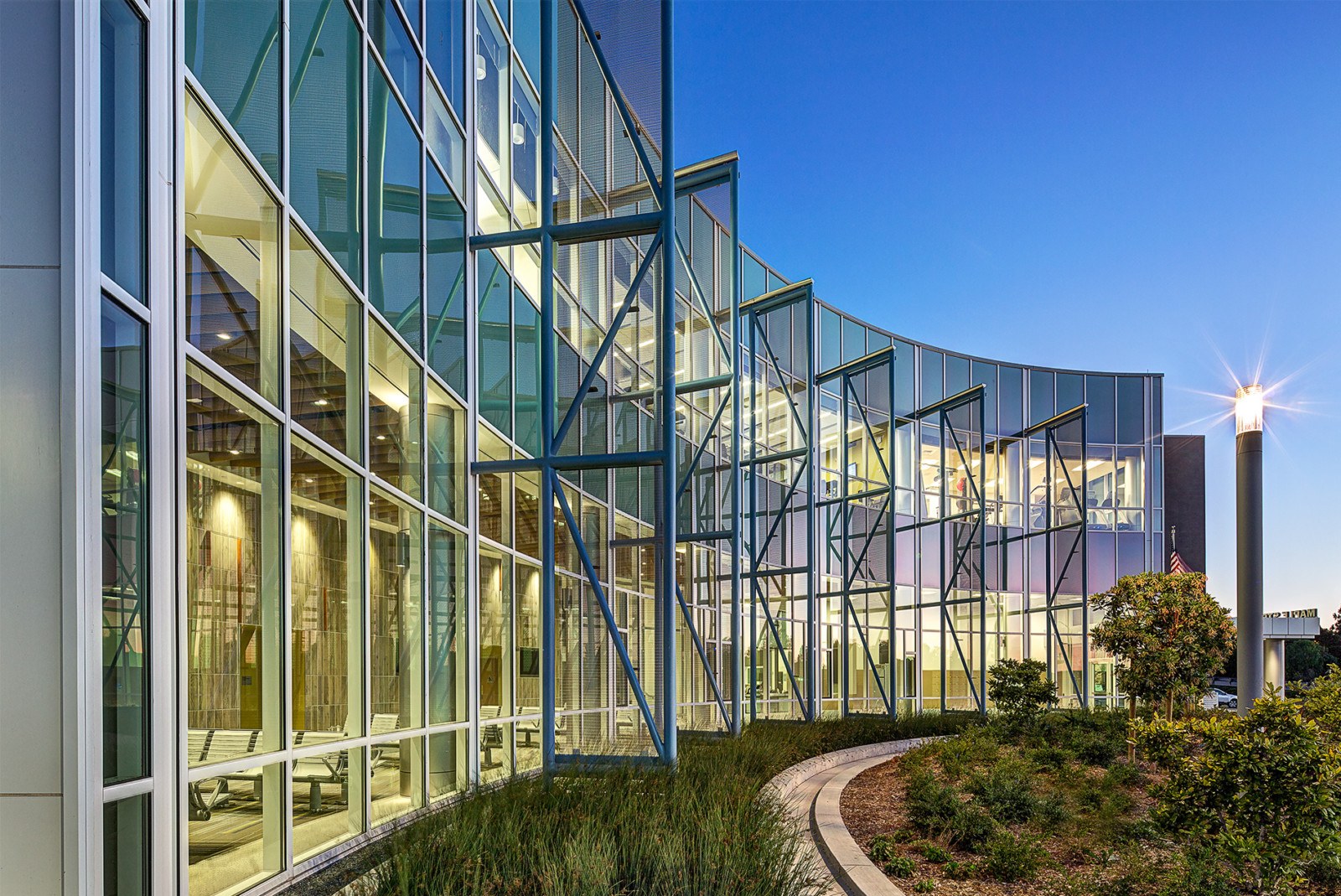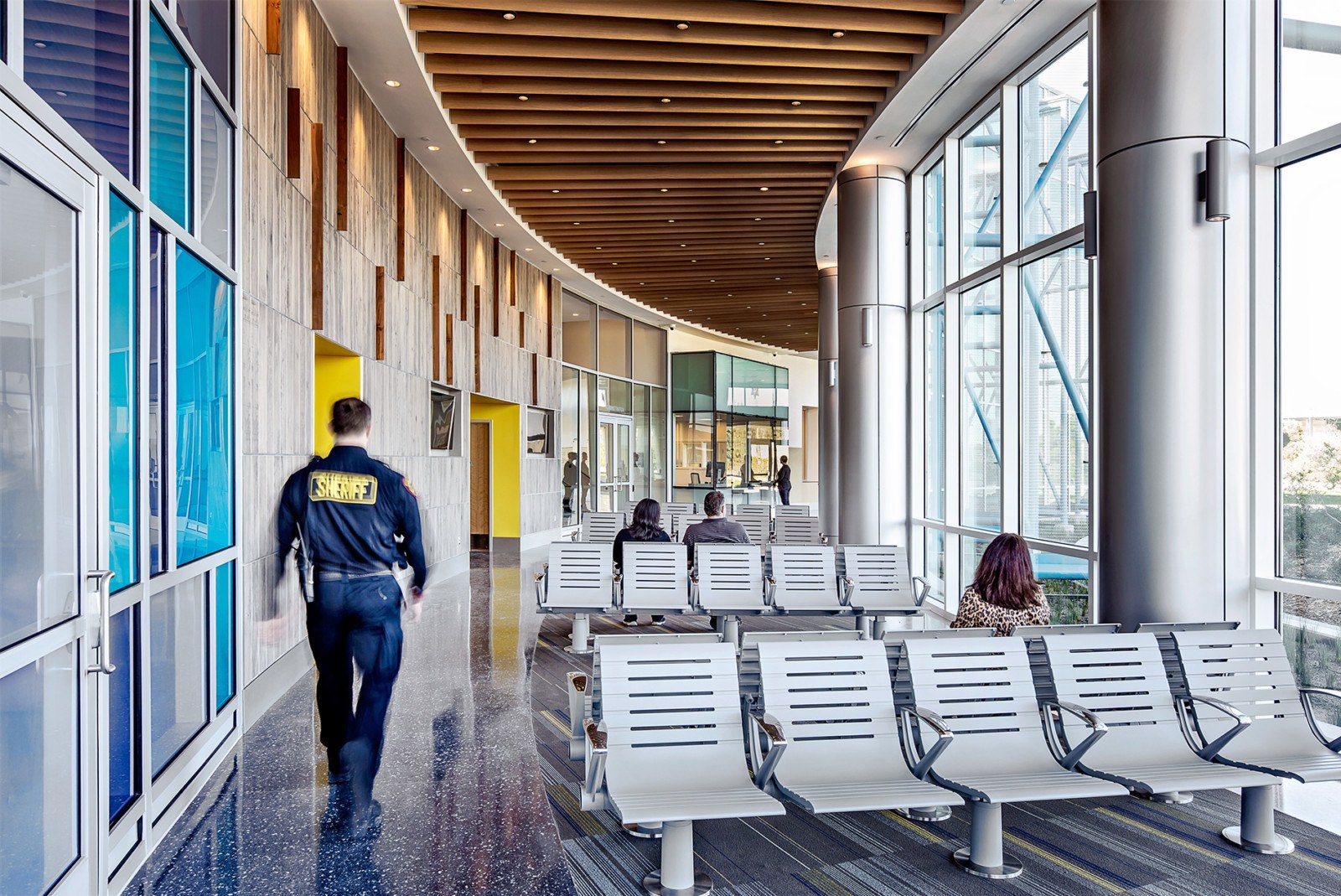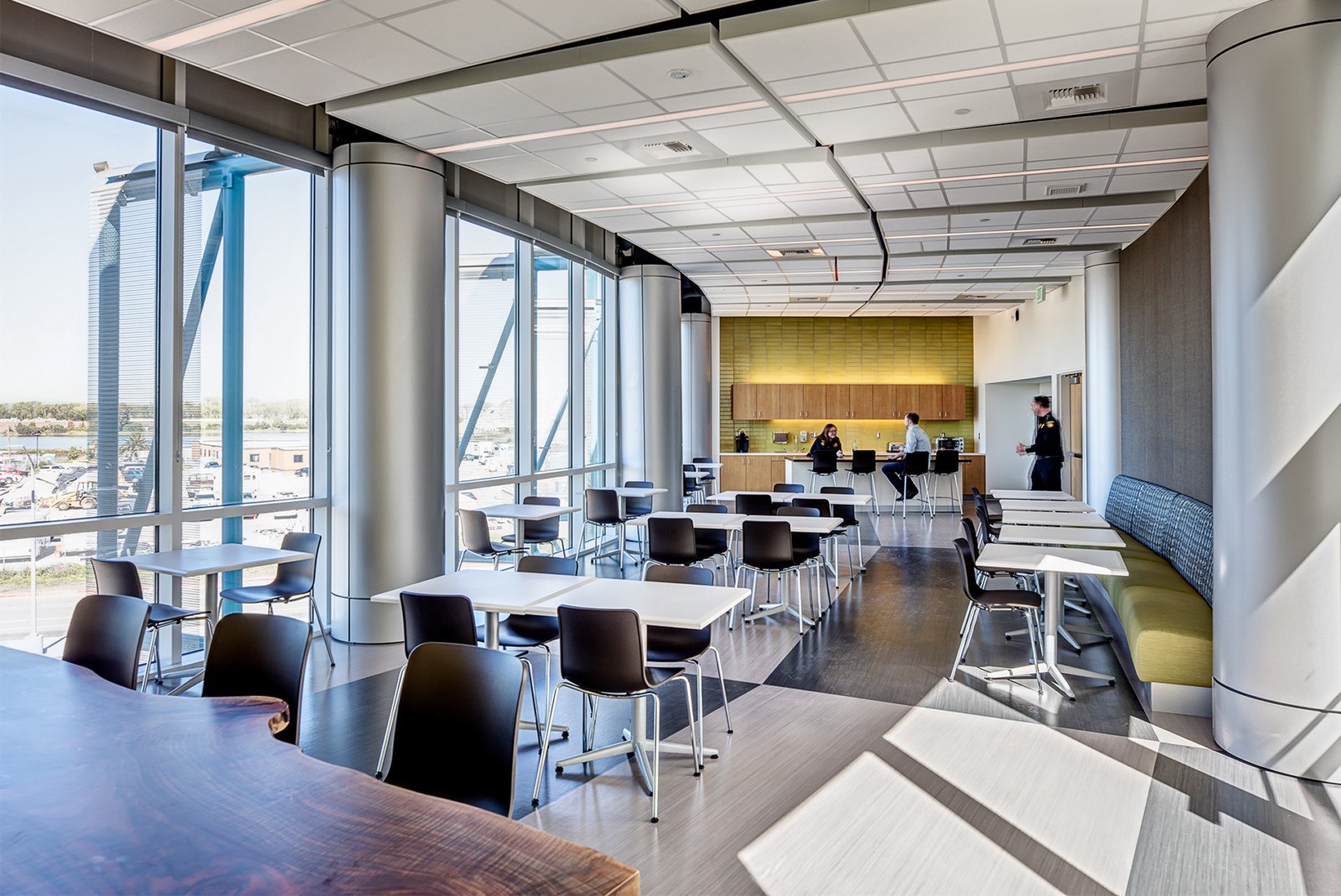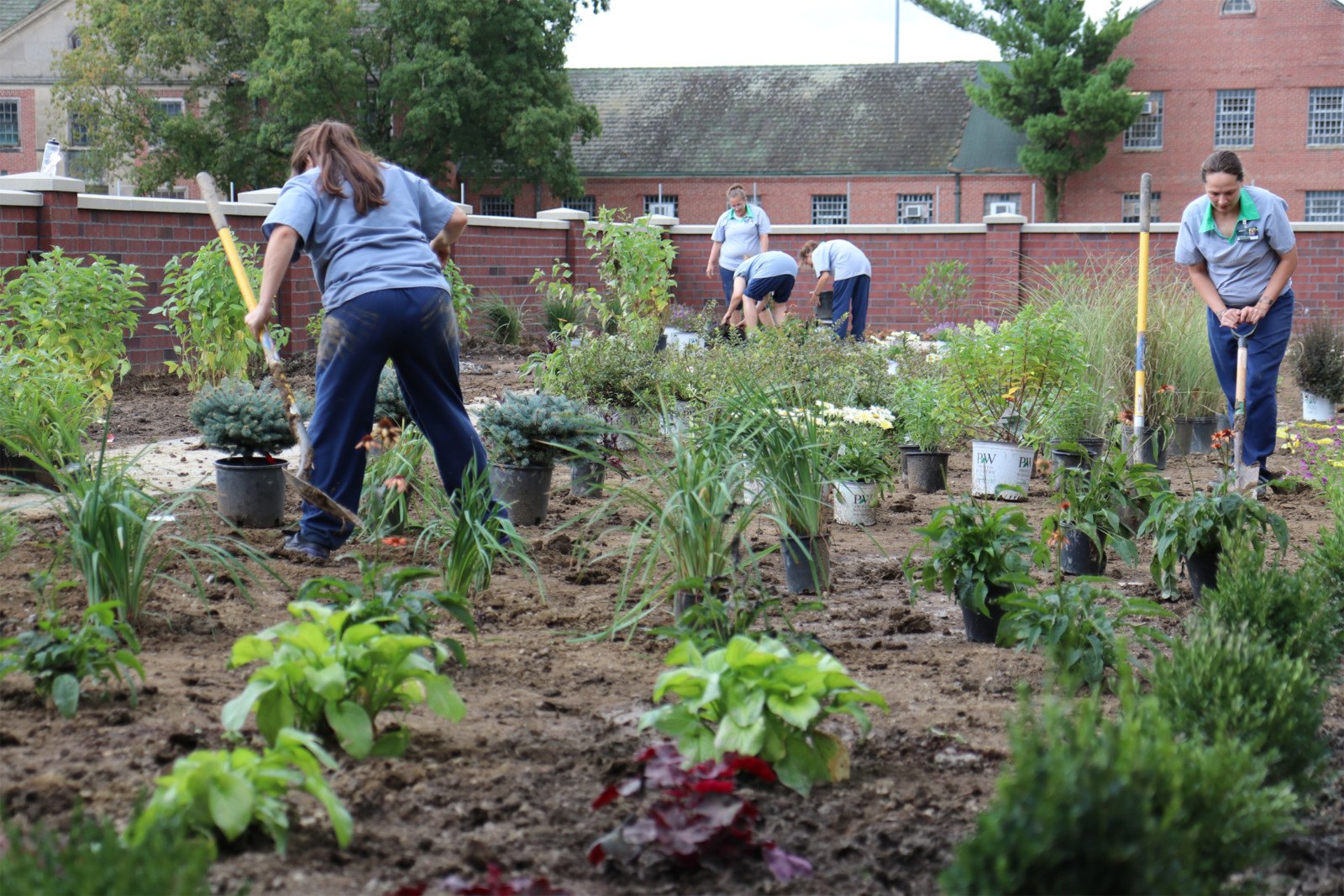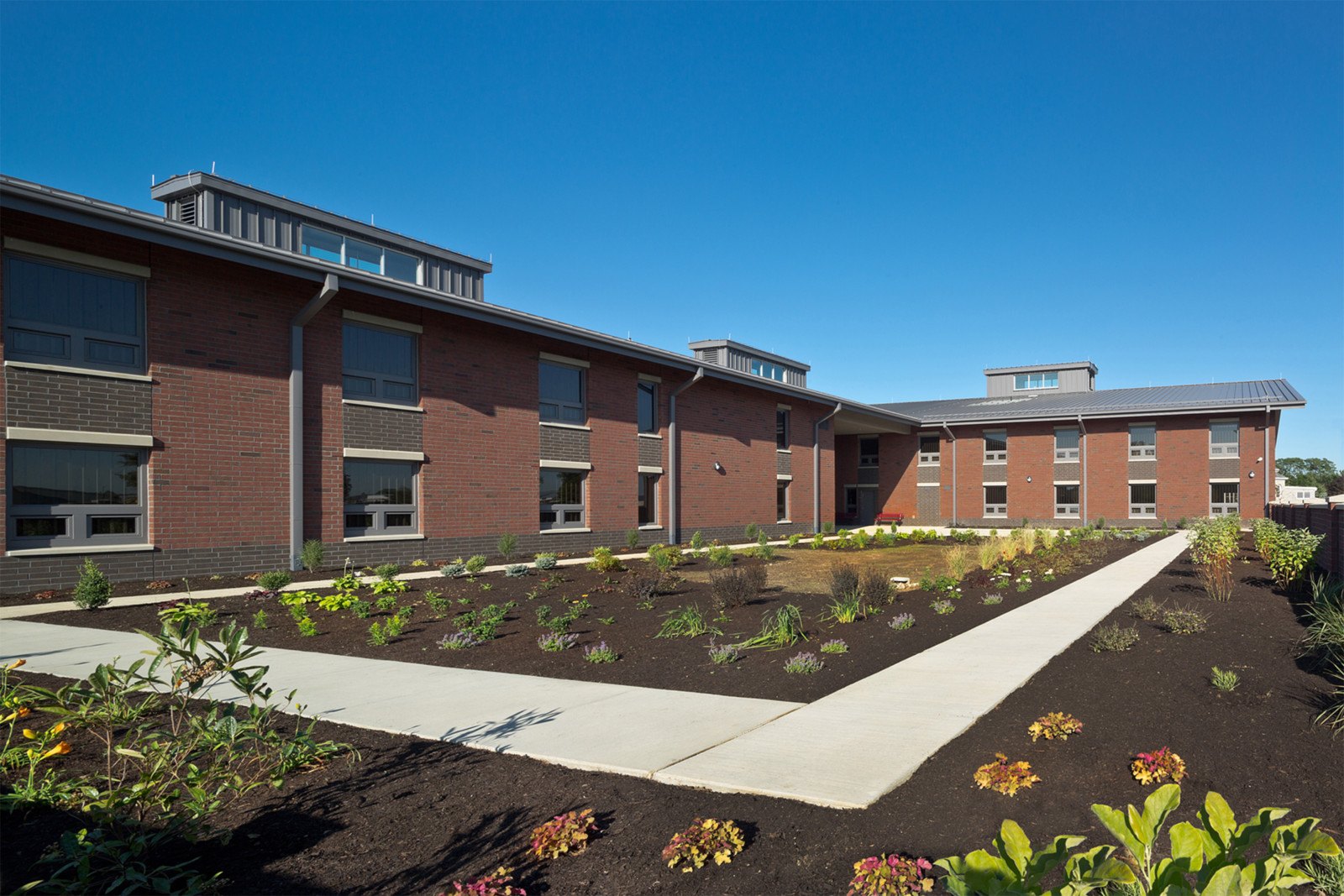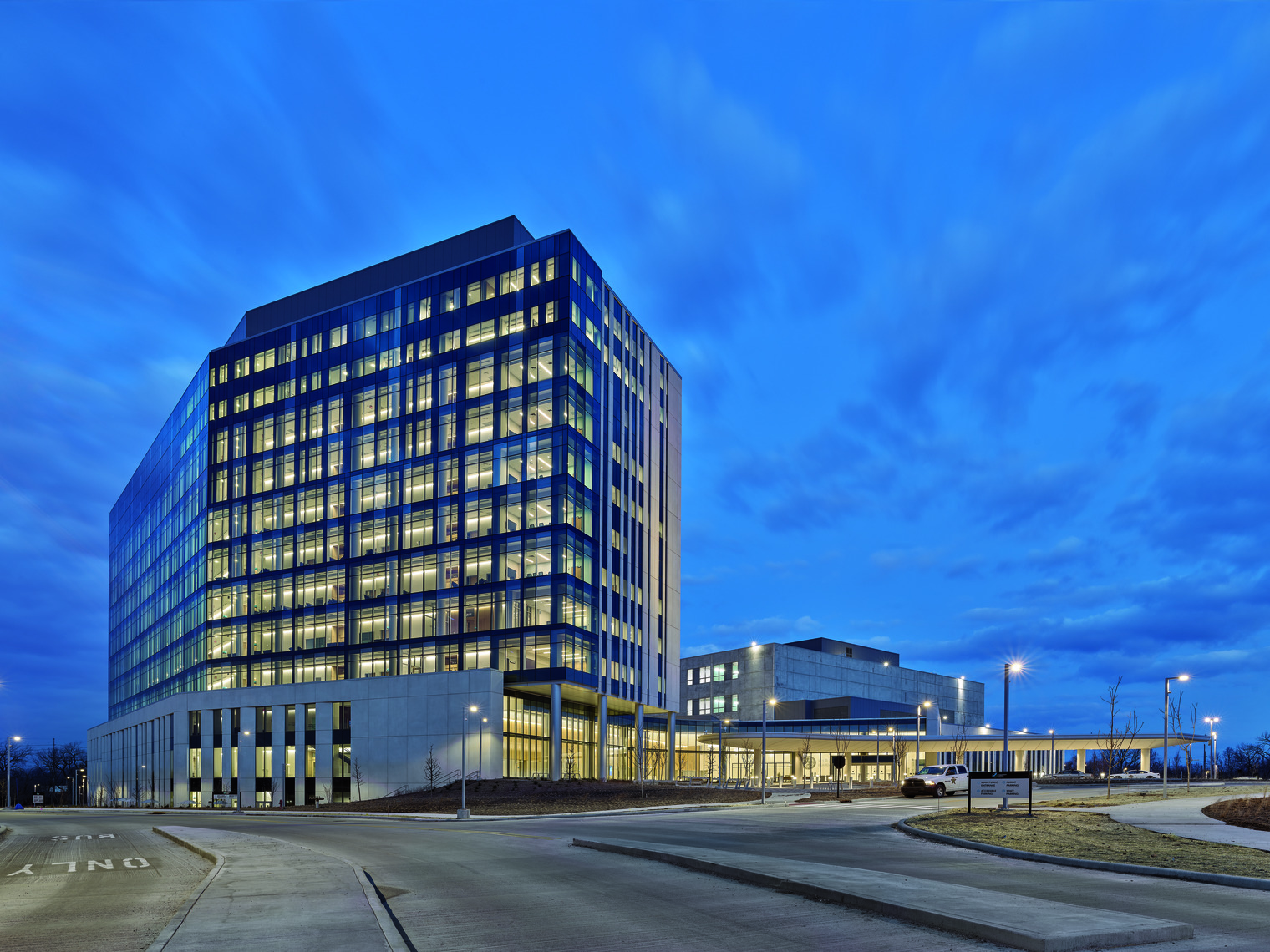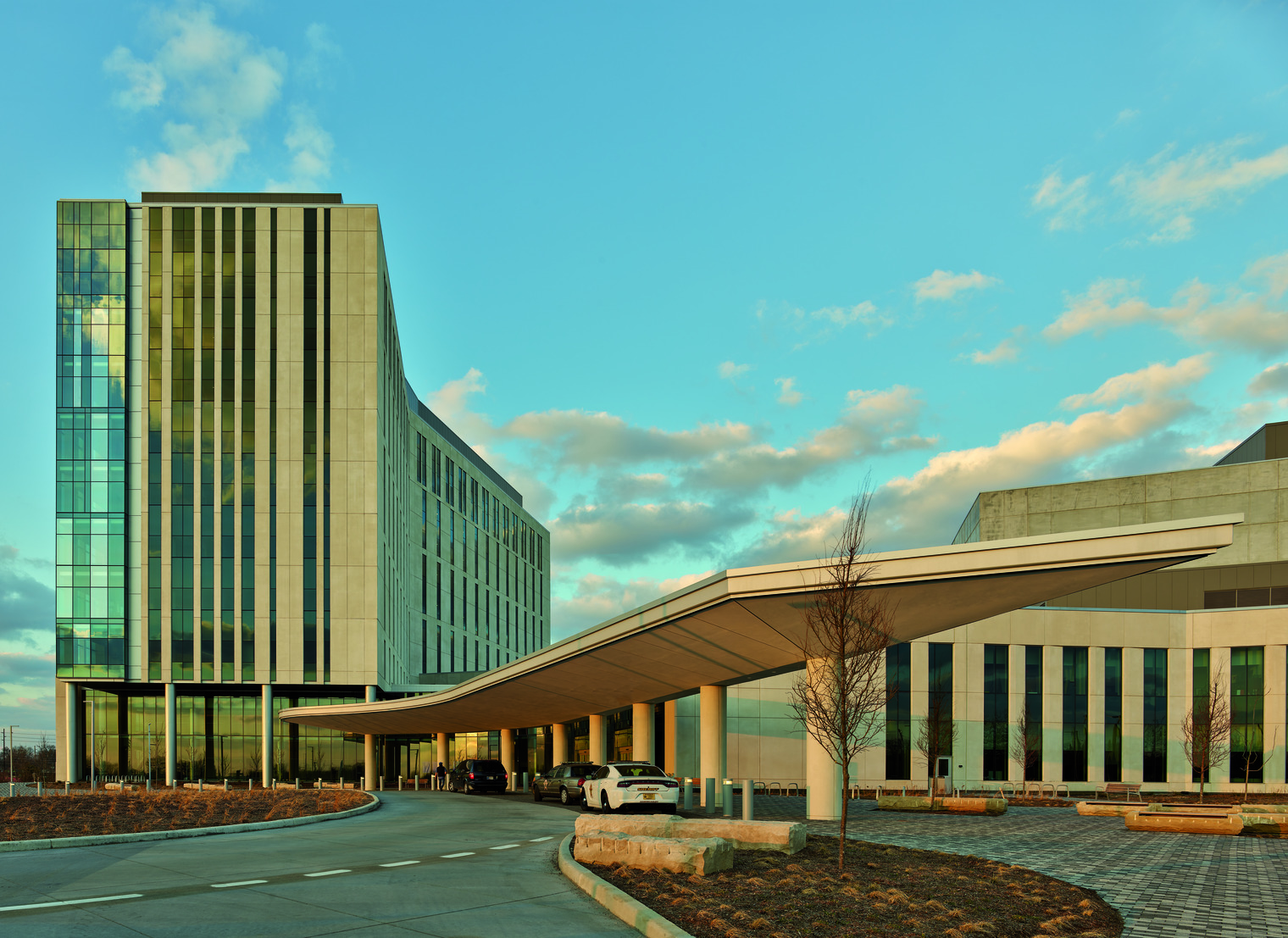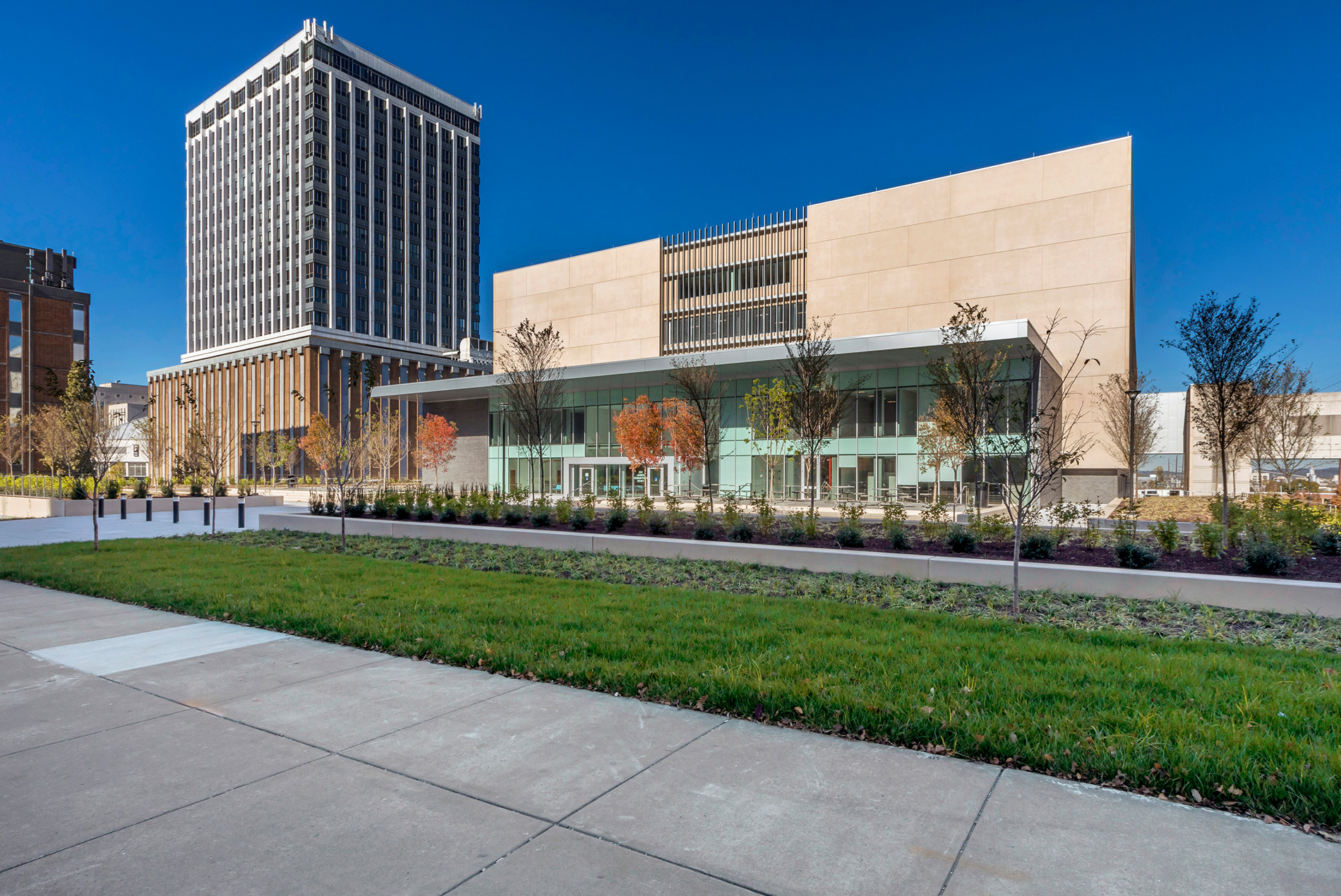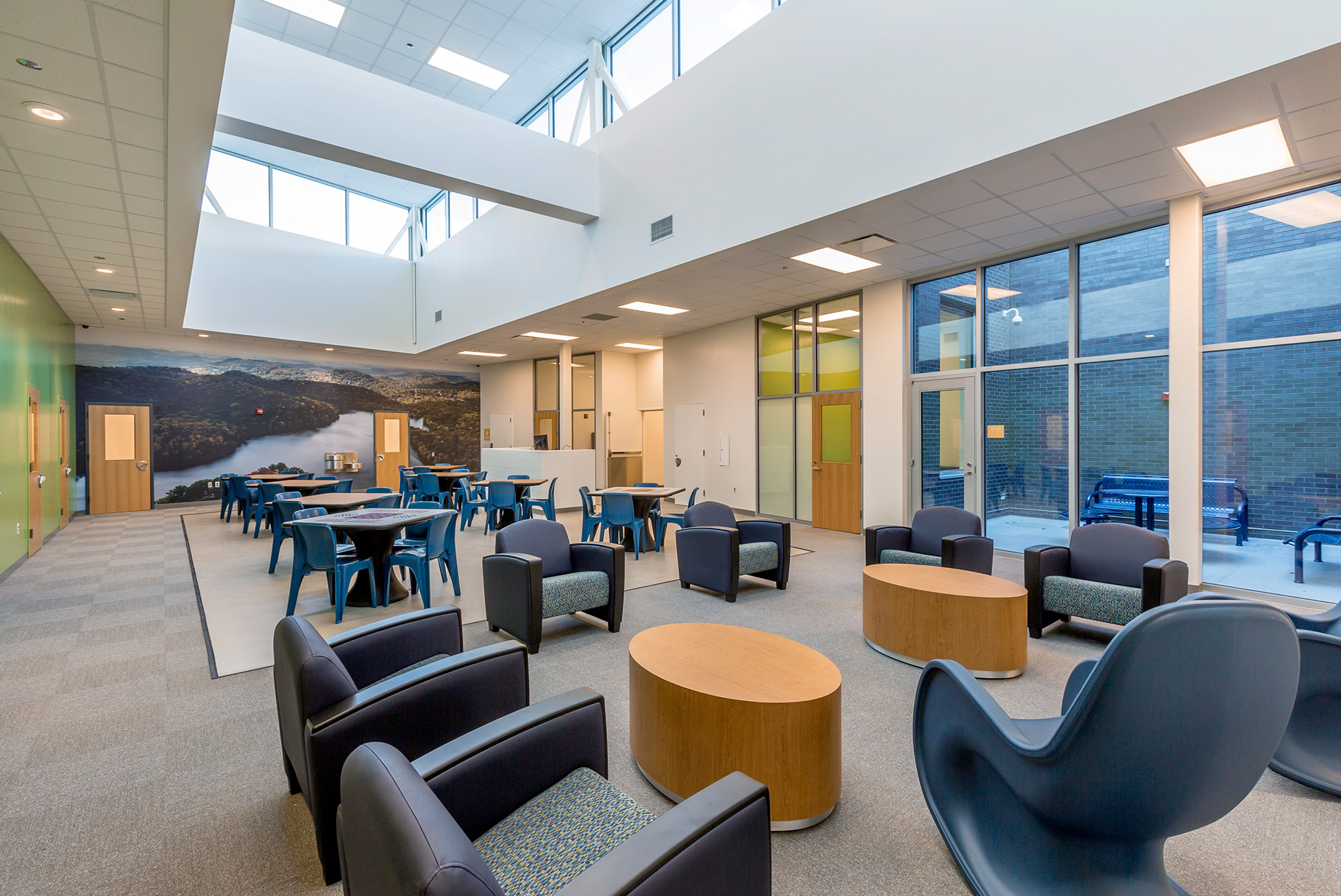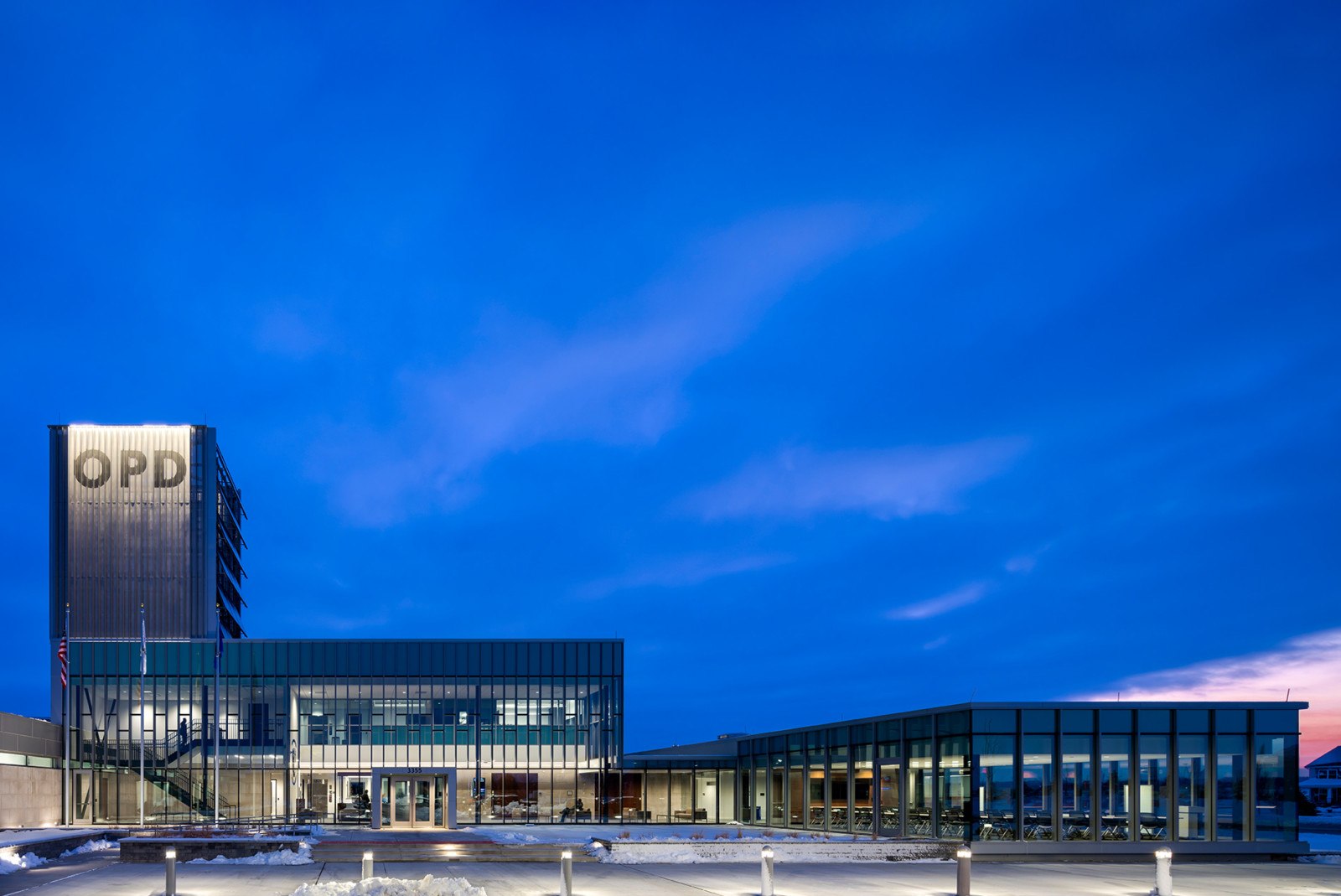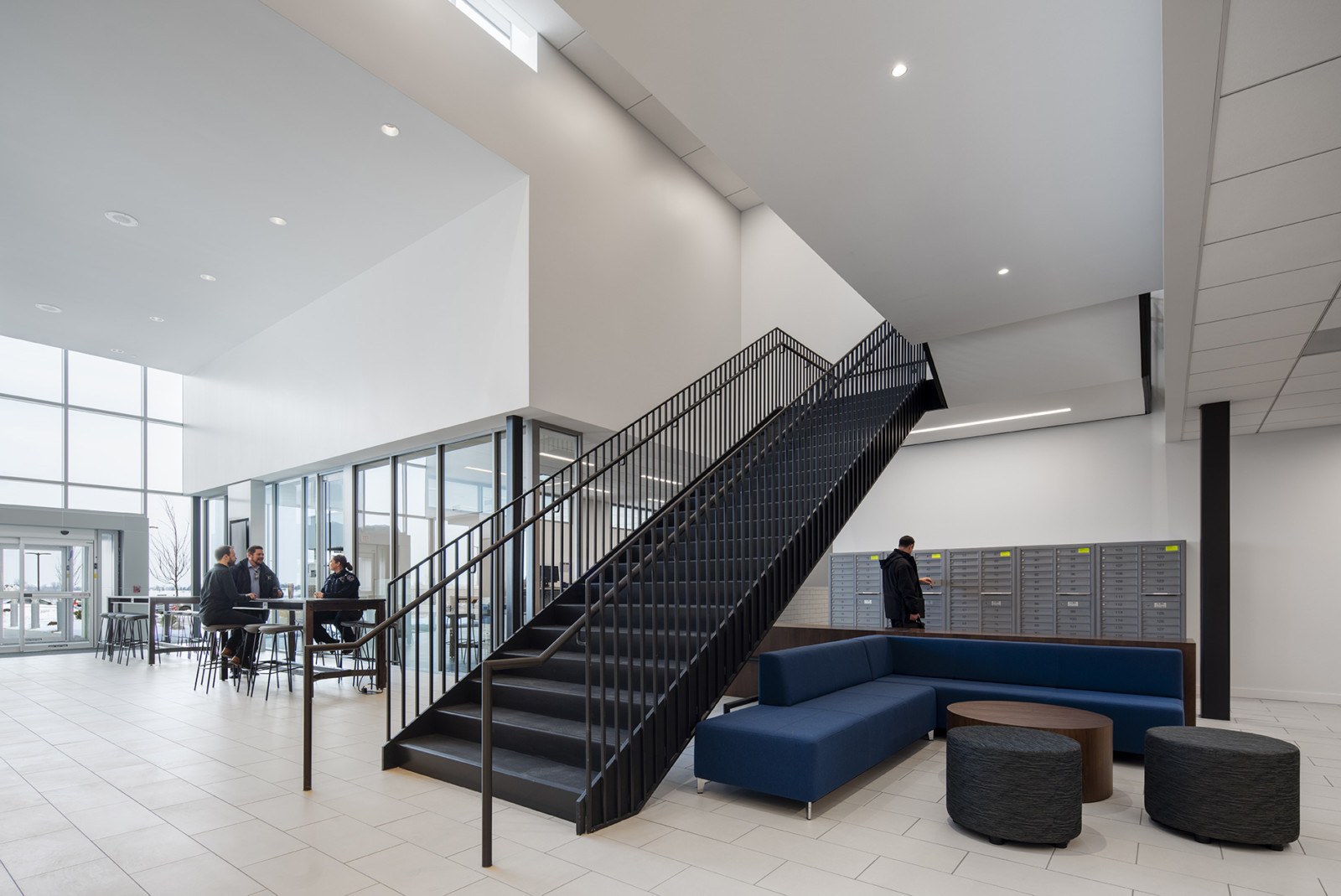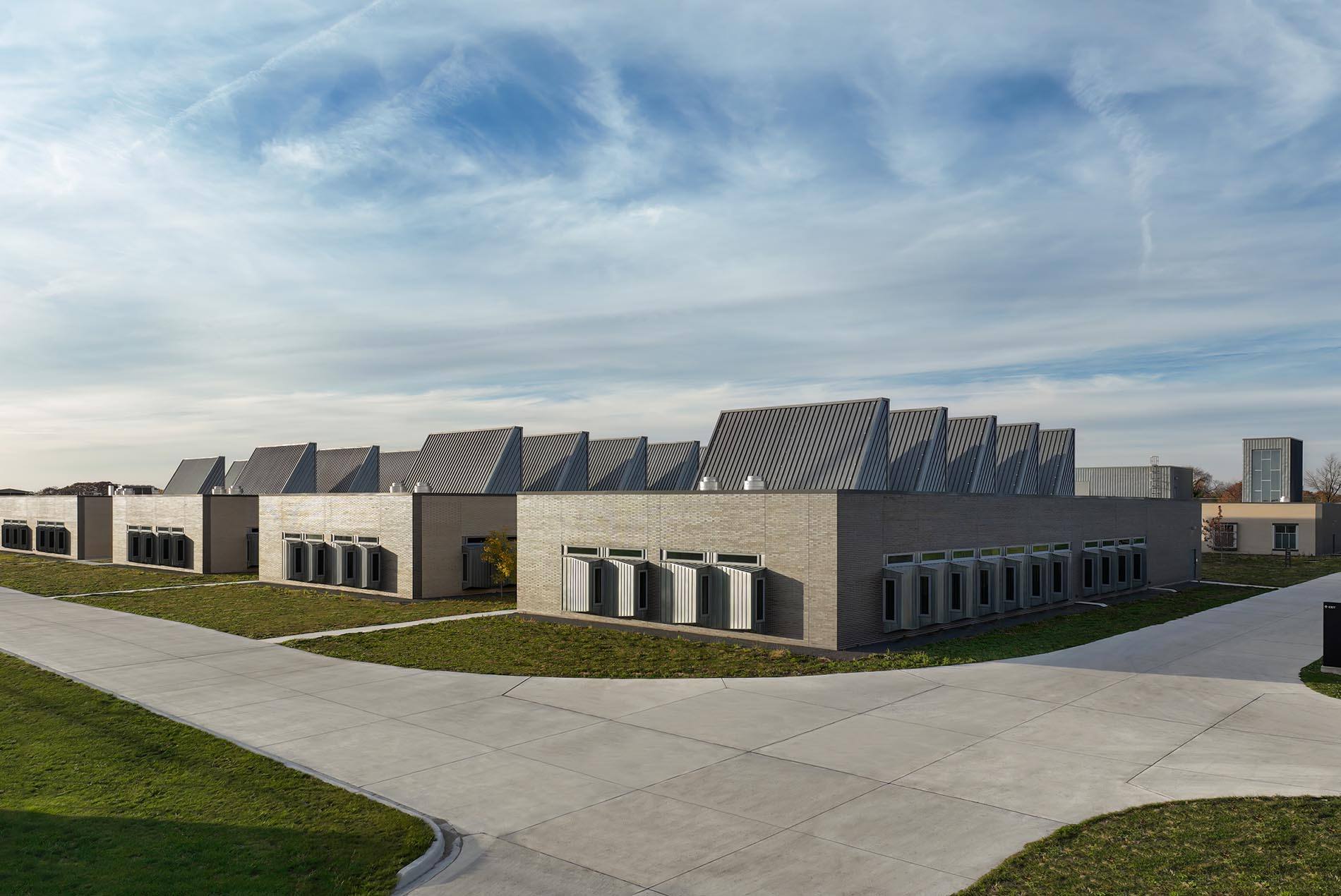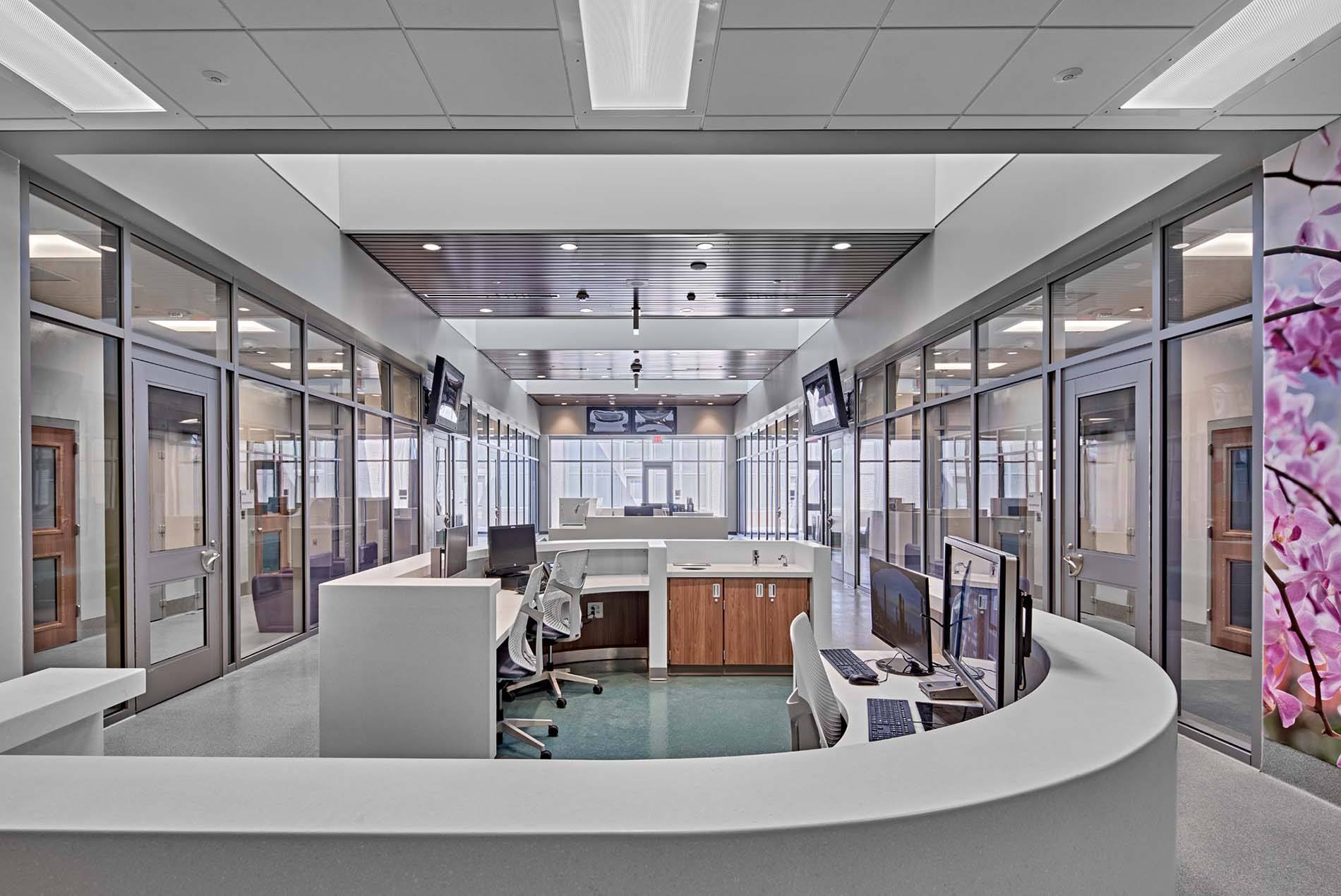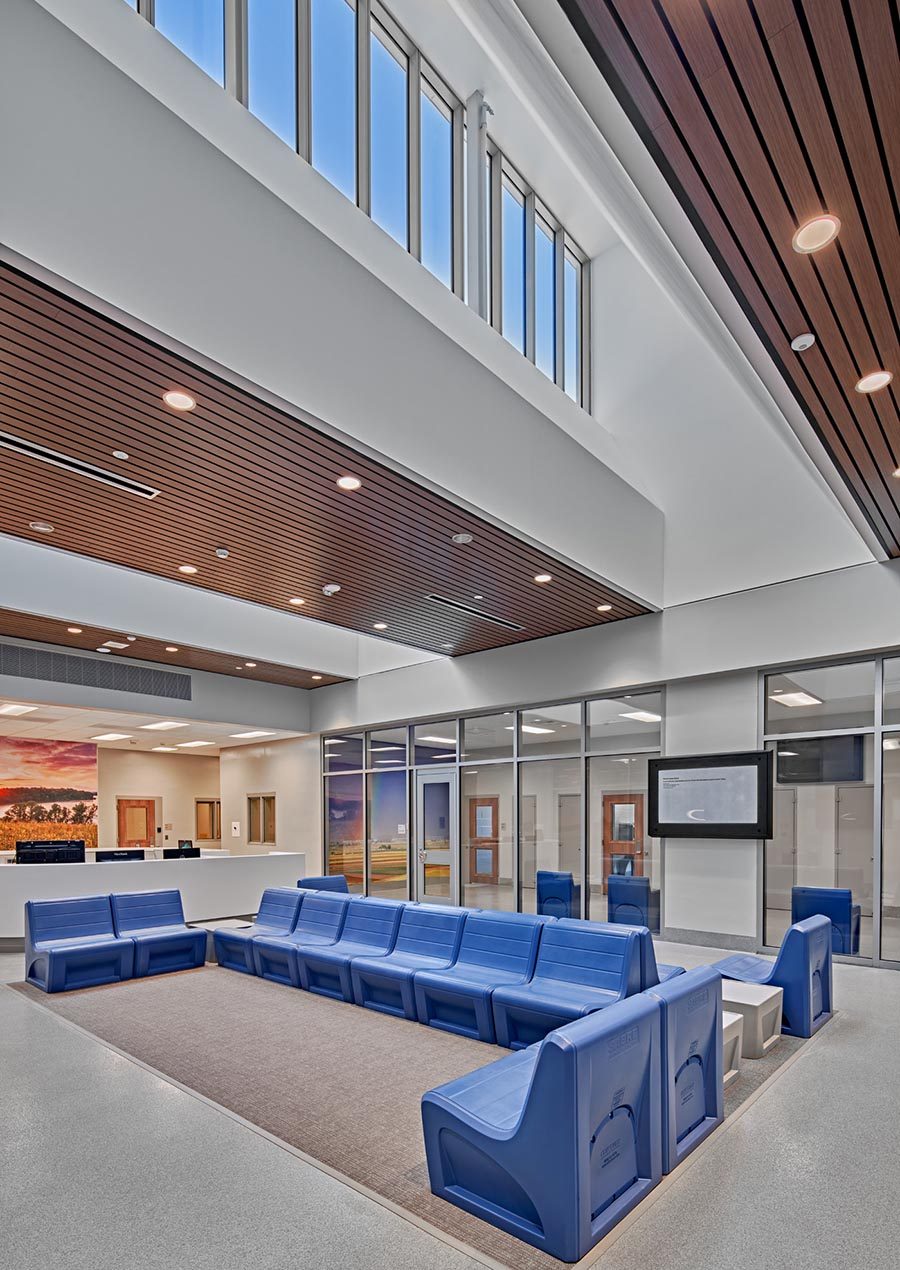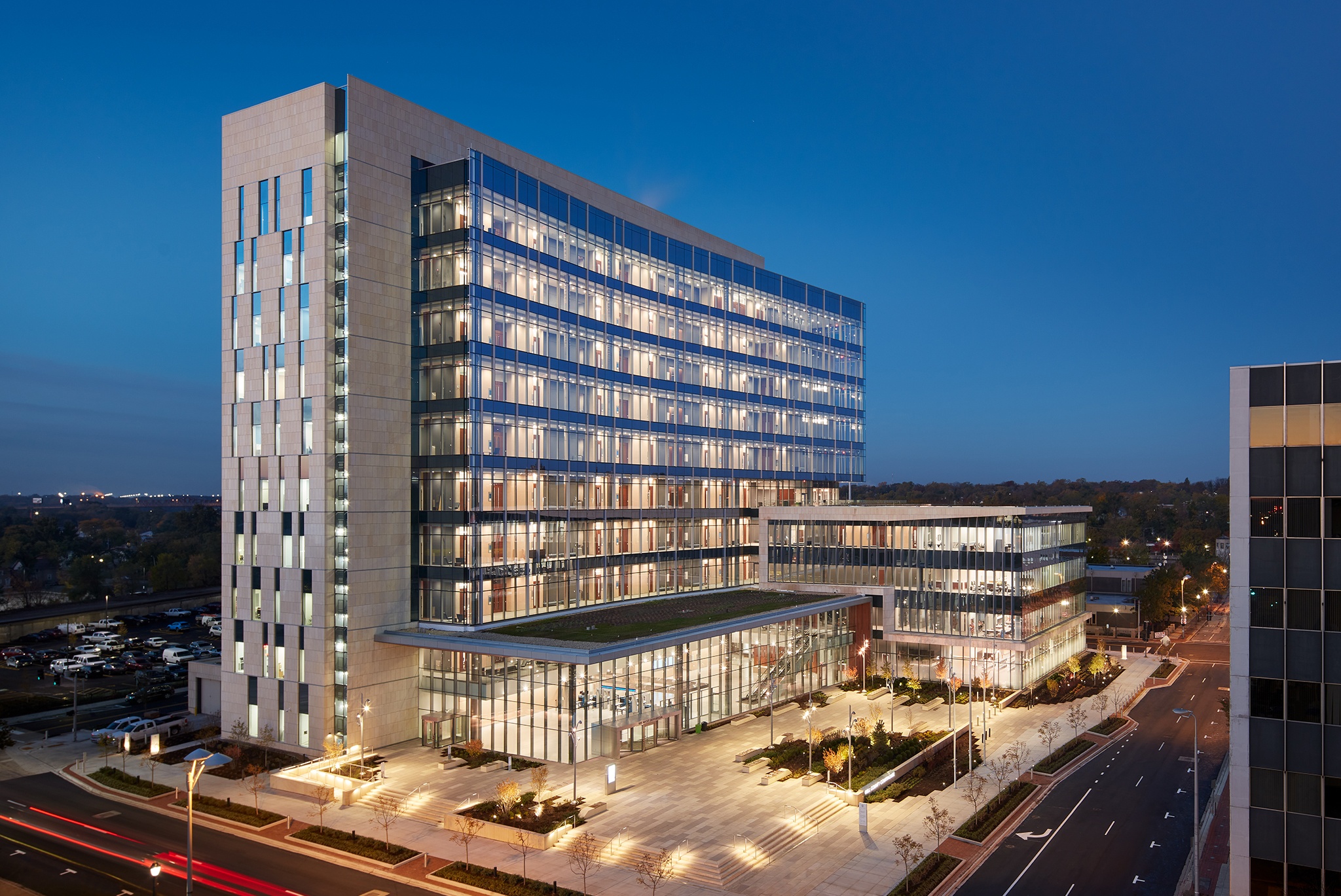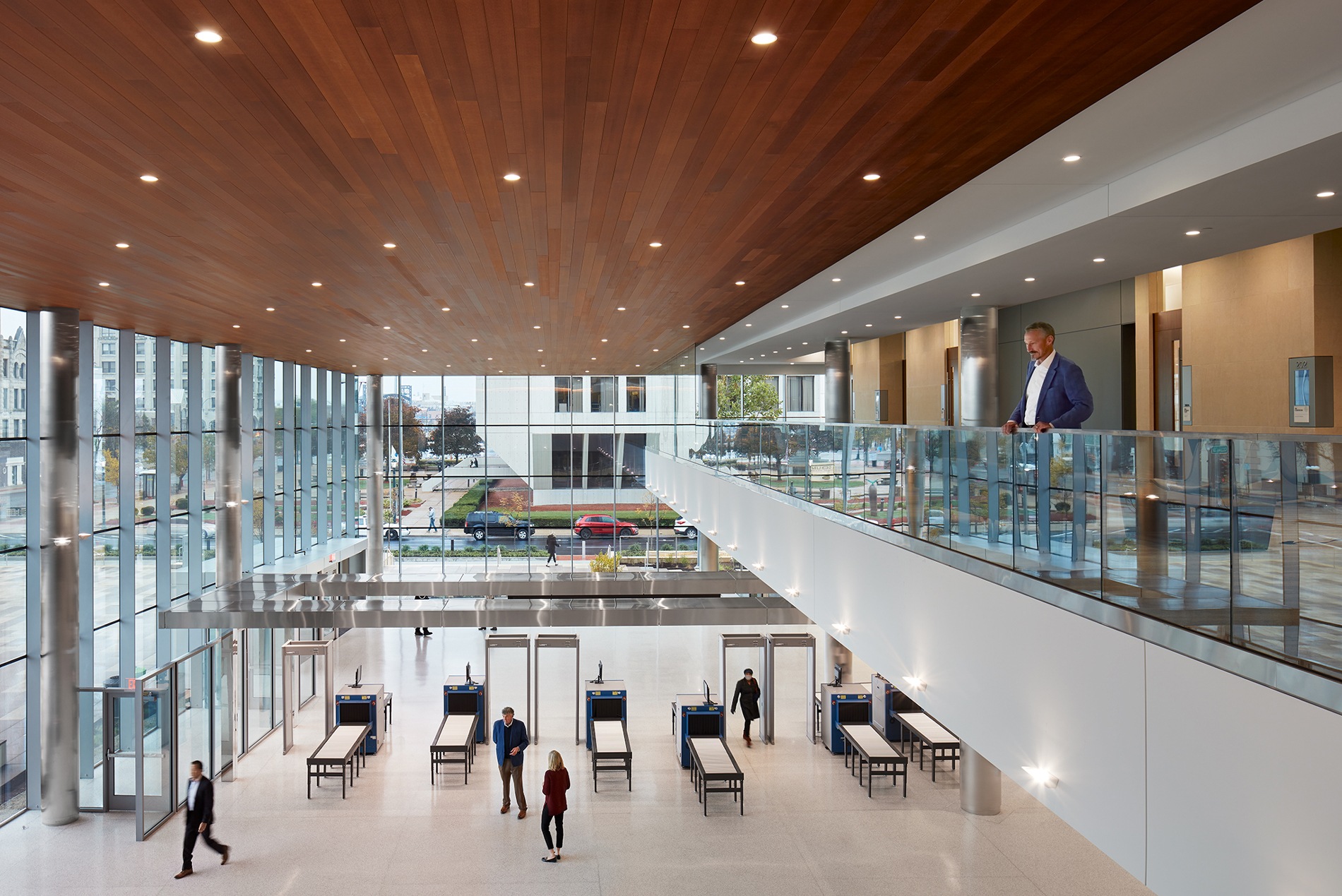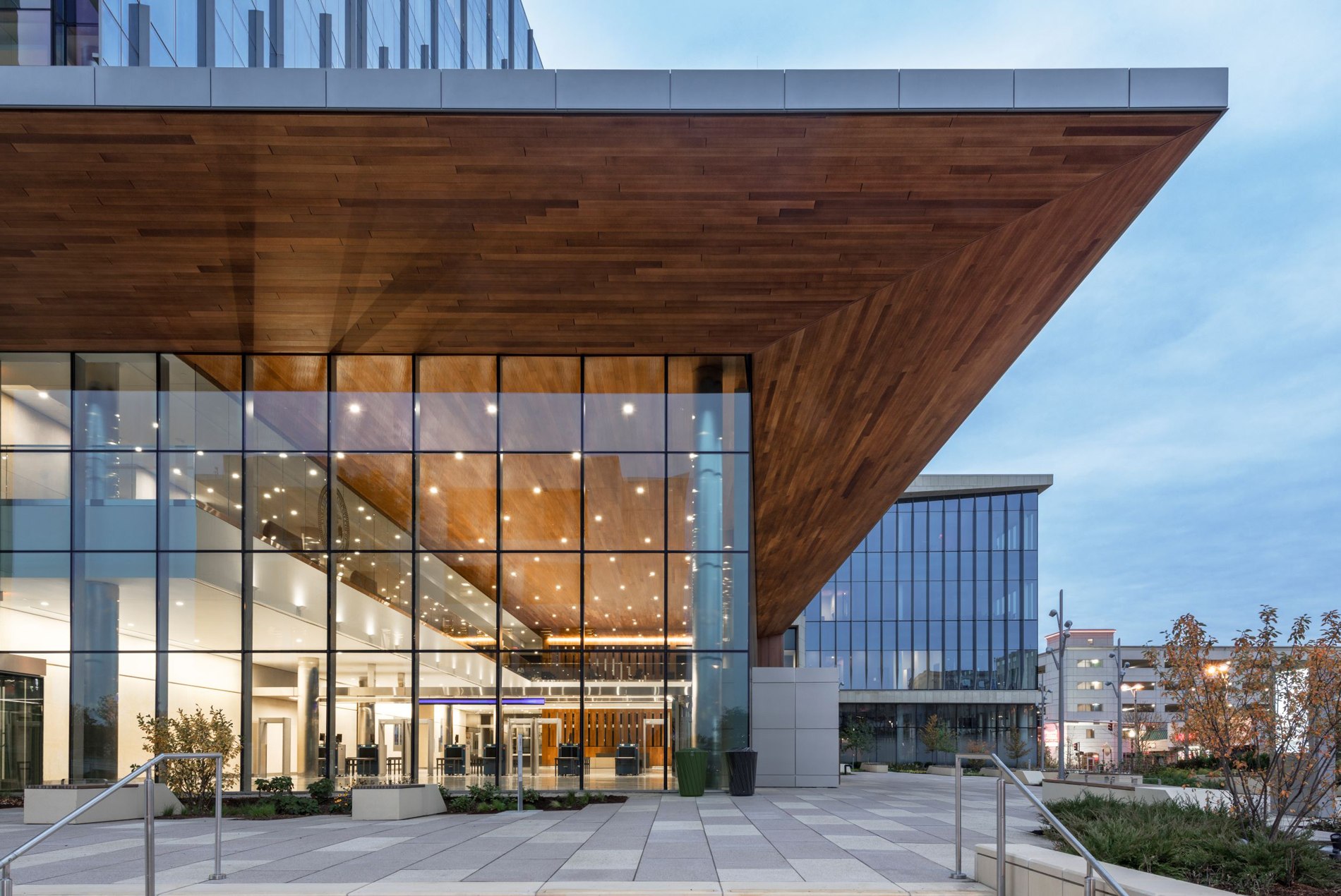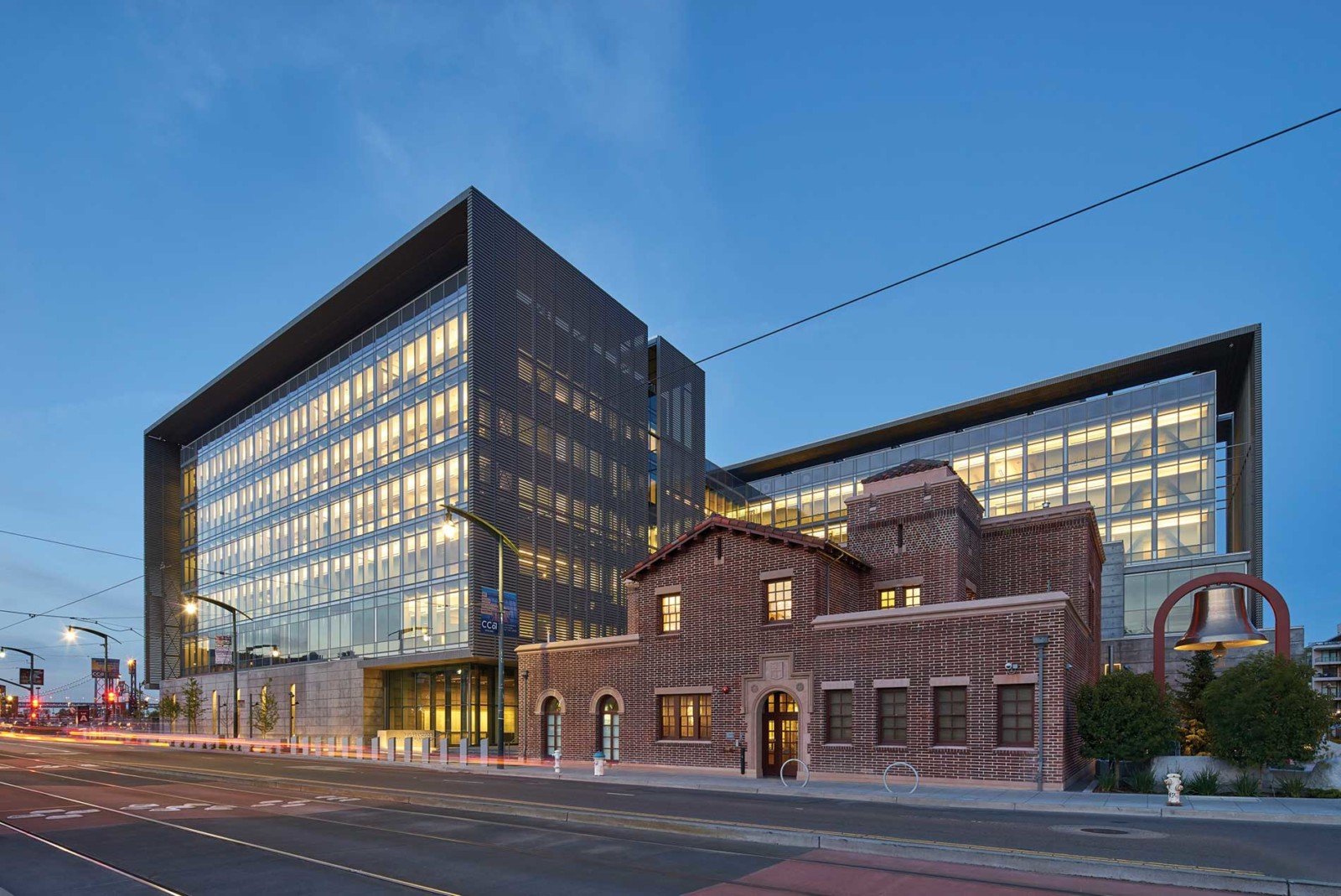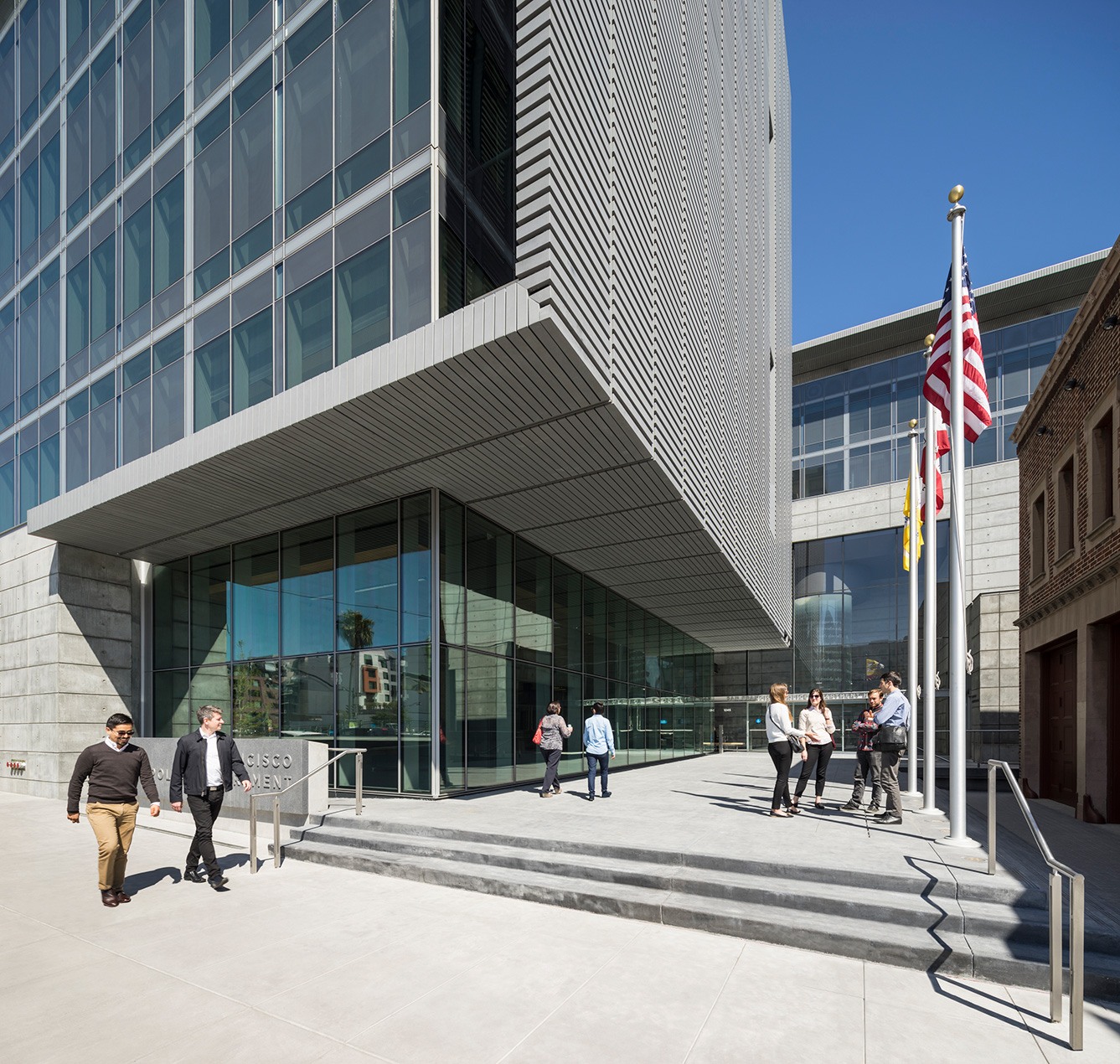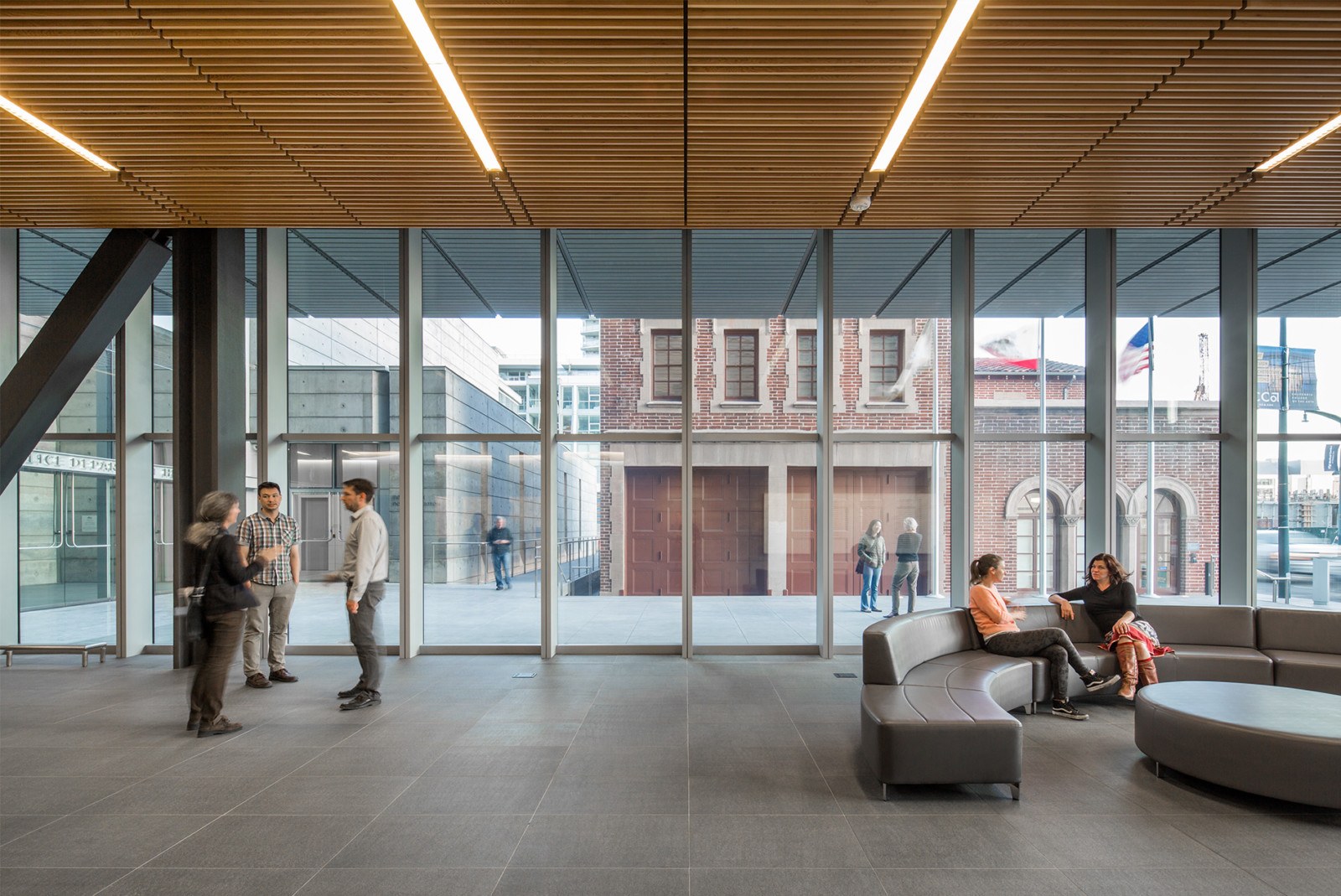Events over the past few years have underscored the role of the criminal justice system in our society. As a result, the functions of these institutions are being re-evaluated. We welcome the increased dialogue about the meaningful role architects and planners can play in planning and designing environments that advance justice reform.
The individuals who make up HOK’s Justice practice understand that we’re designing for a vulnerable population. The system takes a heavy toll on the staff, families and victims. In addition, many incarcerated individuals struggle with mental illness, abuse, addiction and other factors contributing to their circumstances. We must take all these stakeholders into account, as well as the community as a whole.
We believe that the design of justice facilities should prioritize rehabilitation and renewal. They should assist in reuniting people with their families and communities. They should be respectful. They should help break the cycle of recidivism.
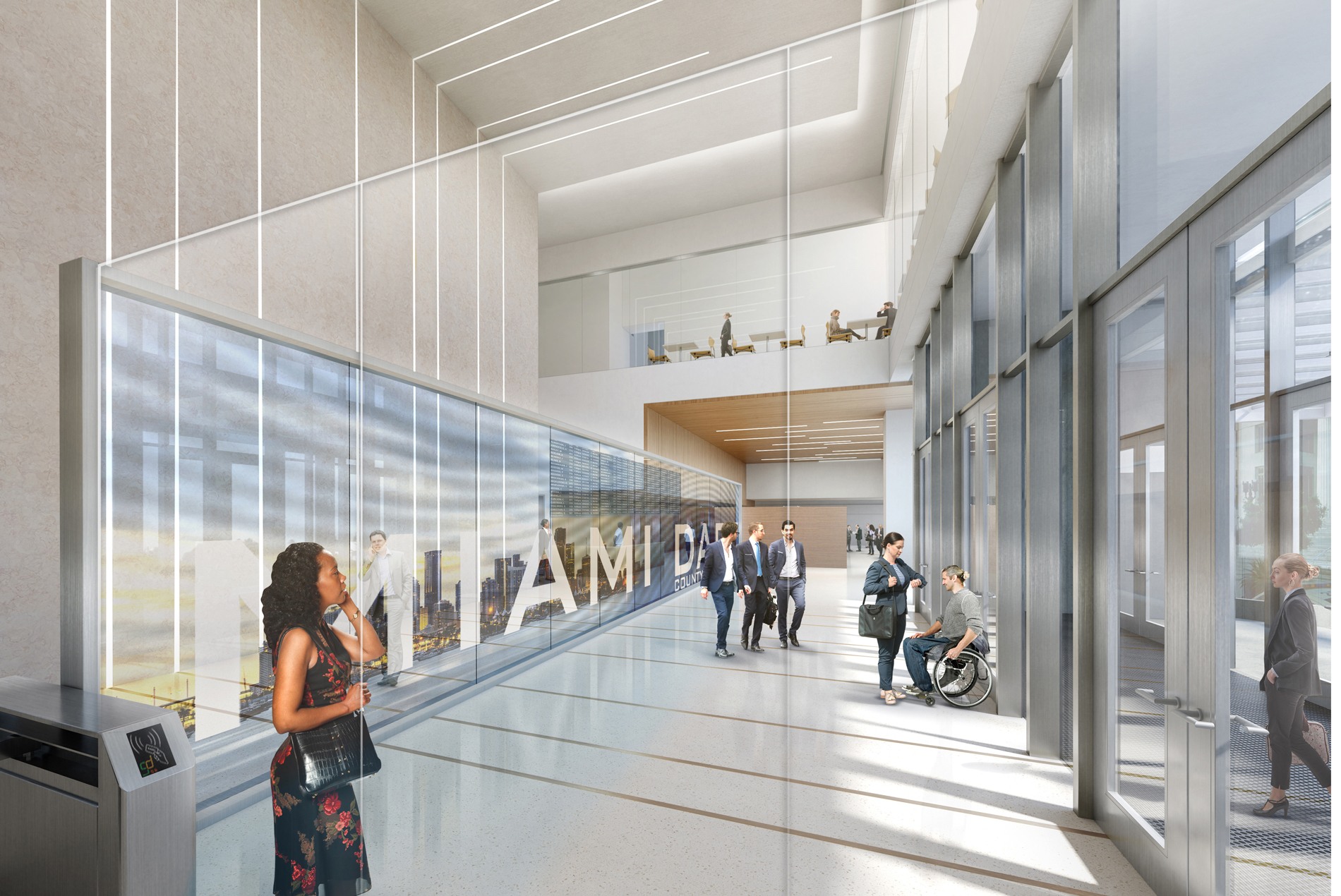
Full Continuum of Care
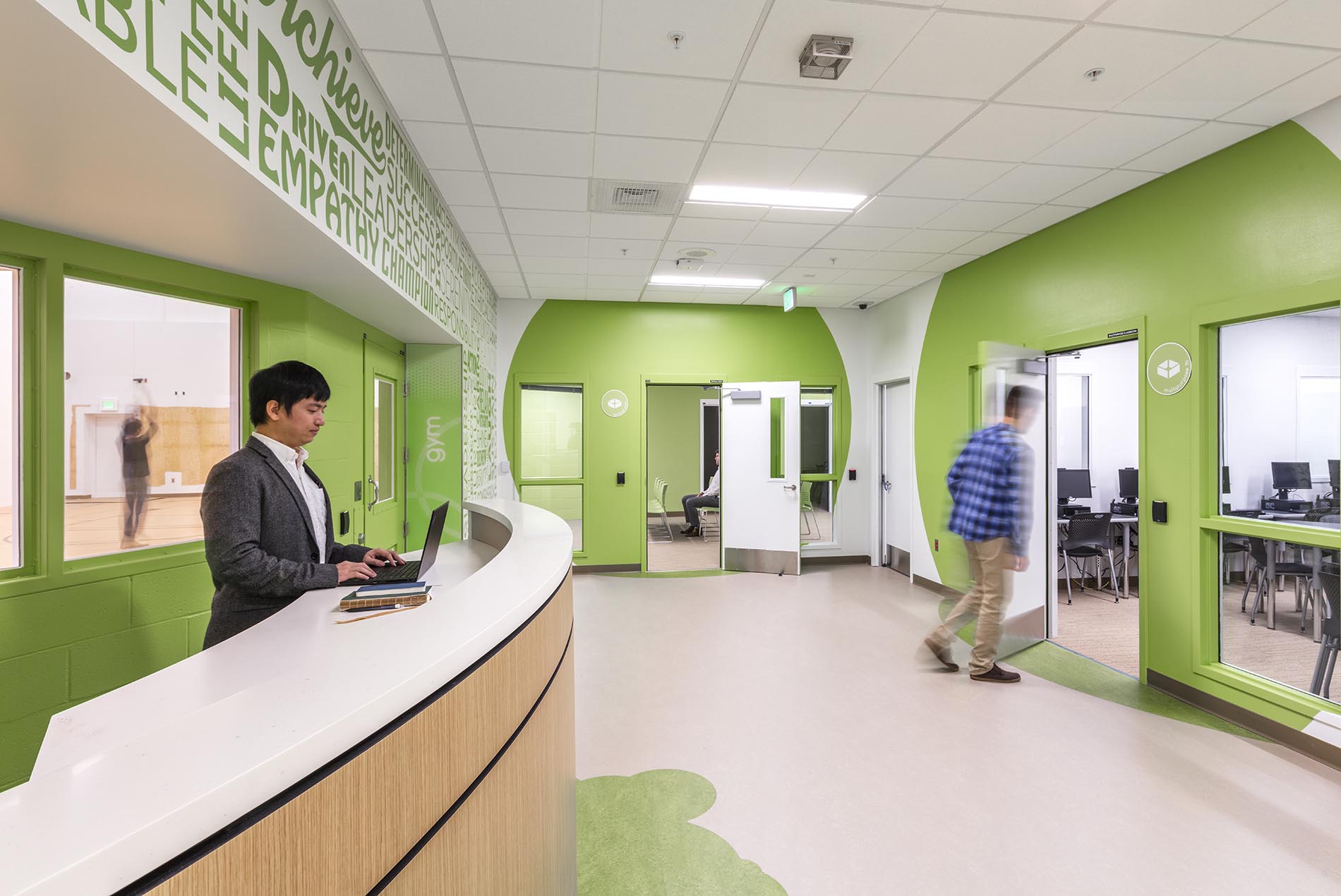
HOK’s custody-related projects support the entire care continuum, from intake, through behavioral and physical health interventions, reentry into society, day reporting and community reintegration. Working with HOK’s Healthcare practice, we design projects that look and function as behavioral health facilities while providing all of the important security and safety elements of traditional correctional facilities.
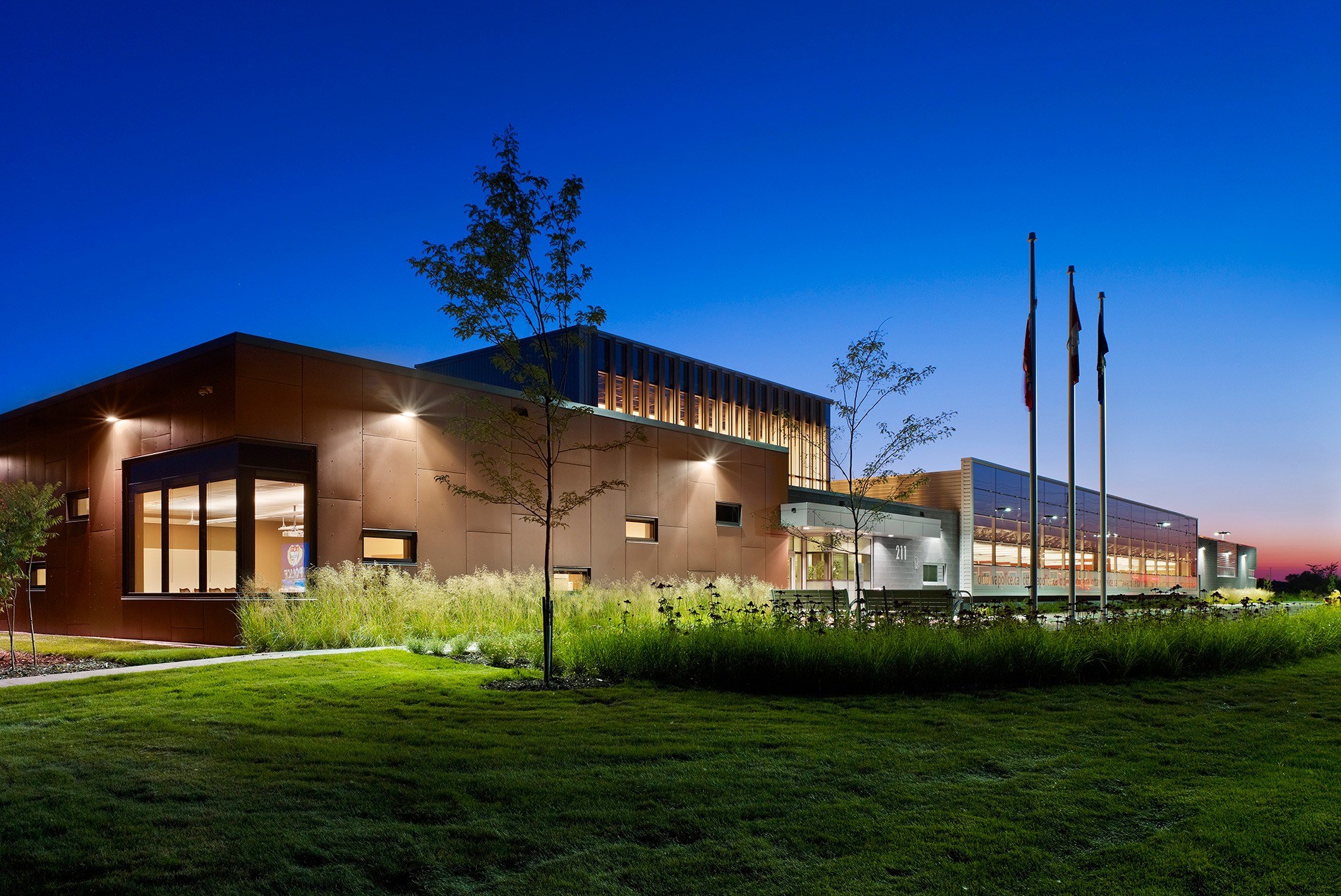
We design law enforcement buildings that promote transparency and community policing. In addition, improved work environments can promote new efficiencies, support health and well-being, and help with recruiting.
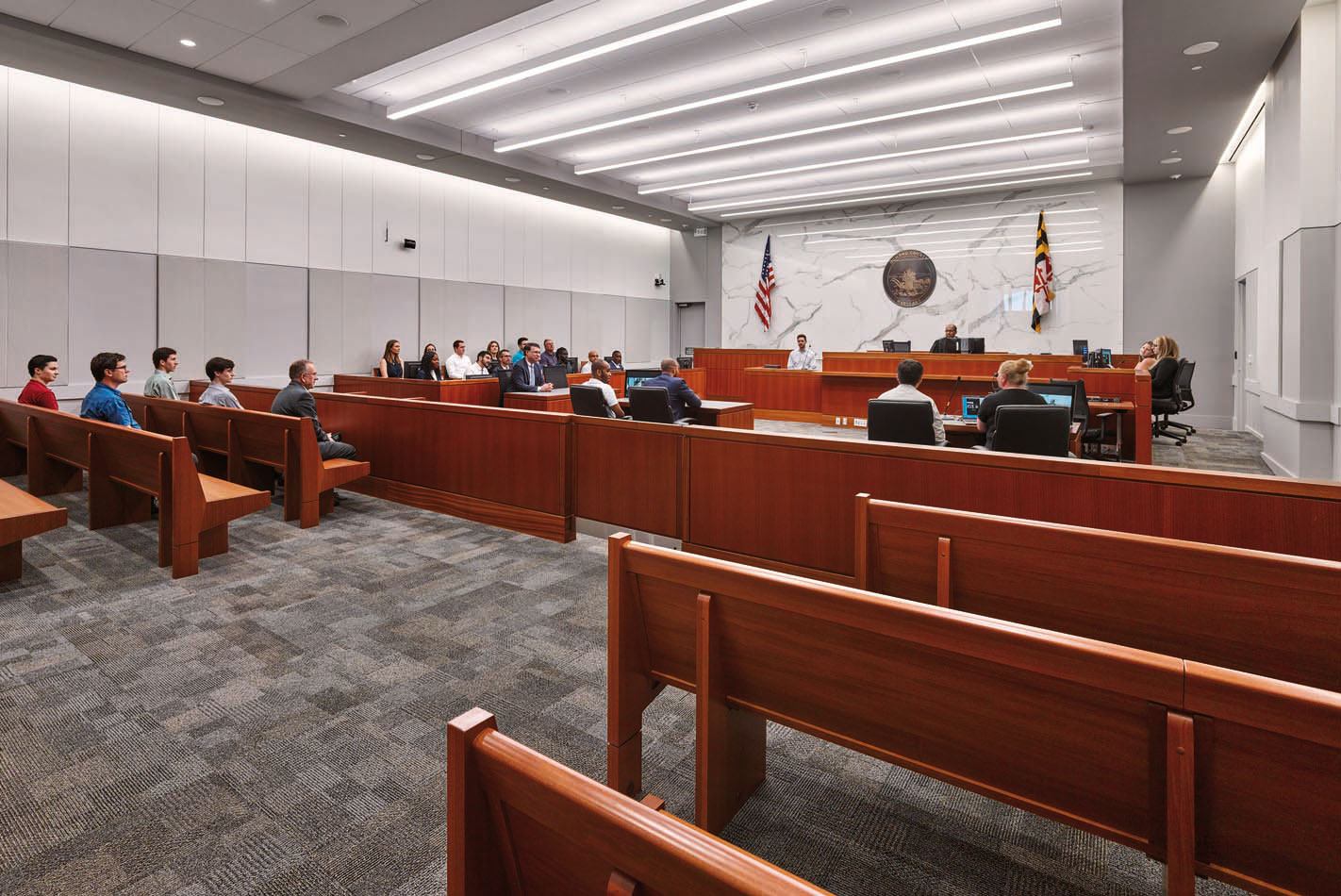
For courthouses, our designs promote equality and fairness in representation, as well as more comforting spaces for individuals and family members experiencing this stressful process. We also incorporate sophisticated technology that streamlines the experience and audiovisual systems that connect people.
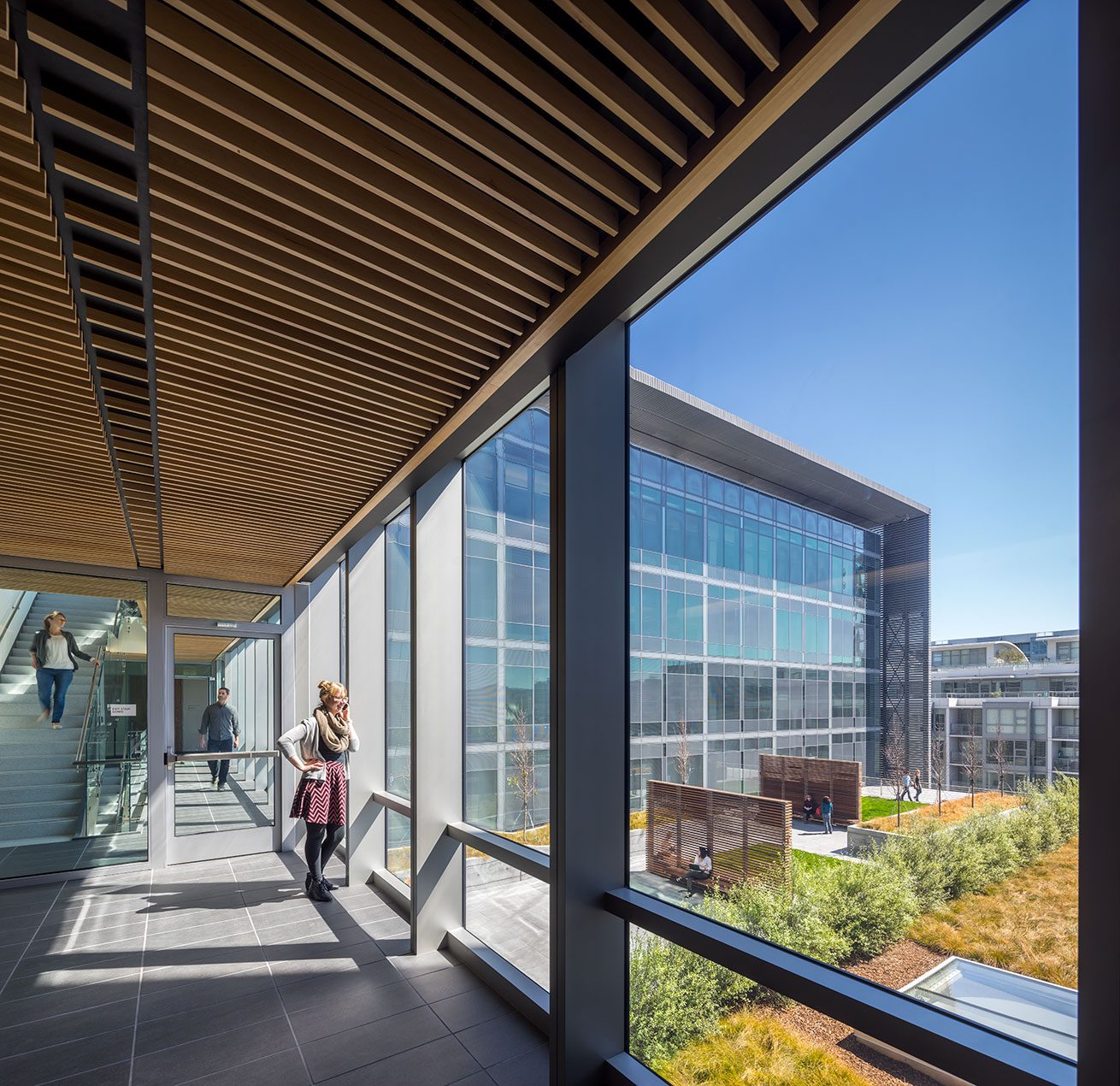
Creating healthy environments that support the emotional and physical well-being of all people in the justice system is paramount. This includes the staff who spend so much of their lives in these buildings.
Power to Make a Difference
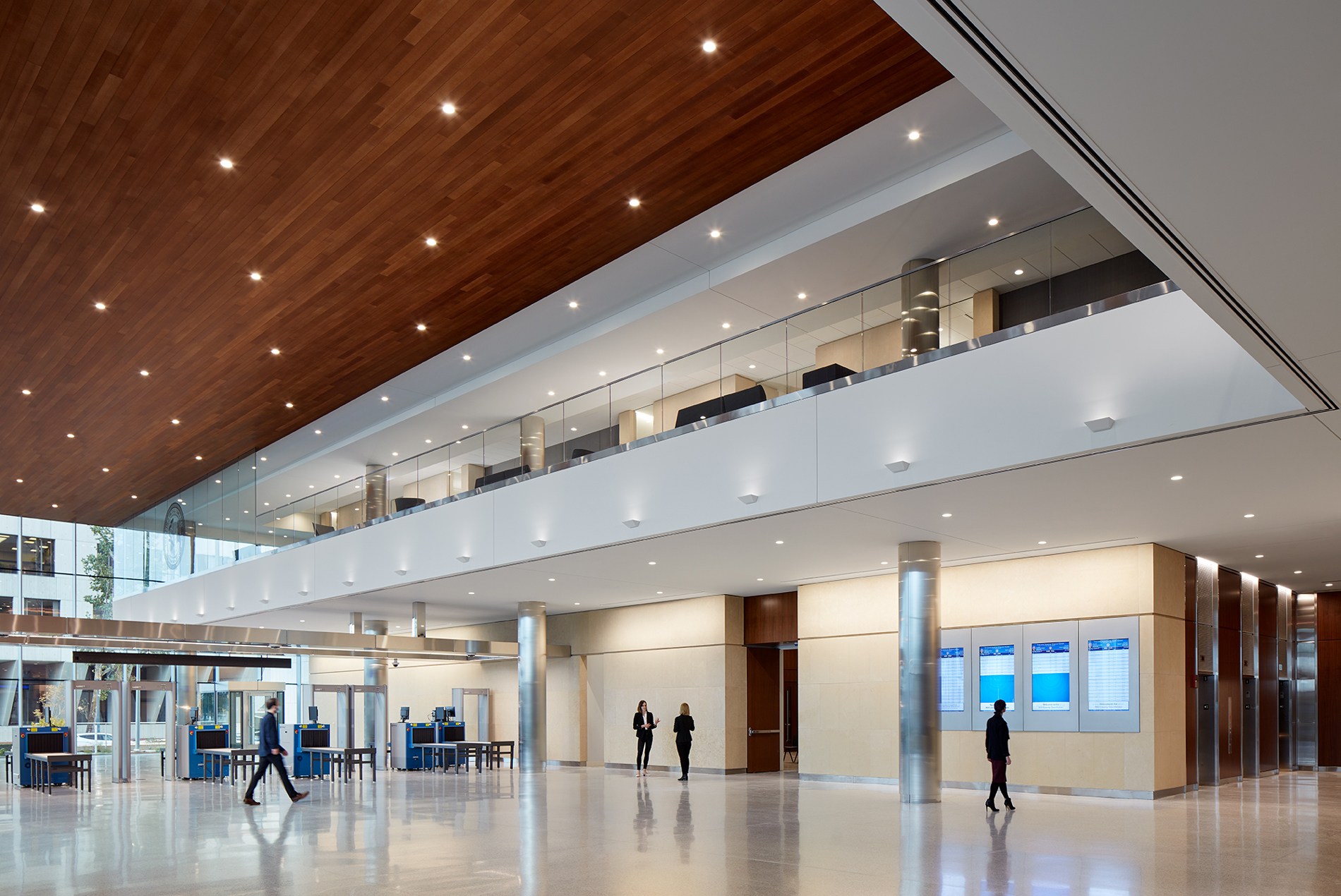
HOK’s team members have helped develop modern design standards applied in justice facilities across the U.S.
As we have done in the past, we will continue to decline to work with institutions whose values for justice projects don’t align with ours. For example, we don’t design facilities that include solitary confinement units or that support capital punishment. In addition, we don’t work for for-profit private prison operators or design detention facilities meant specifically for immigration holding.
Most government and civic leaders are striving for more progressive rehabilitation programs. But unfortunately, many just haven’t had enough space or the modern facilities they need to turn their visions into reality.
To assist them in achieving their vision, we show our clients best practices from other projects, accompany them on tours of the country’s best new facilities and introduce them to peers in other regions so they can learn from each other. We collaborate with all stakeholders to design enough structure into a new building to ensure that its operations over time will support a restorative culture.
With the broad reach of our practice, we have the power to make a positive difference.
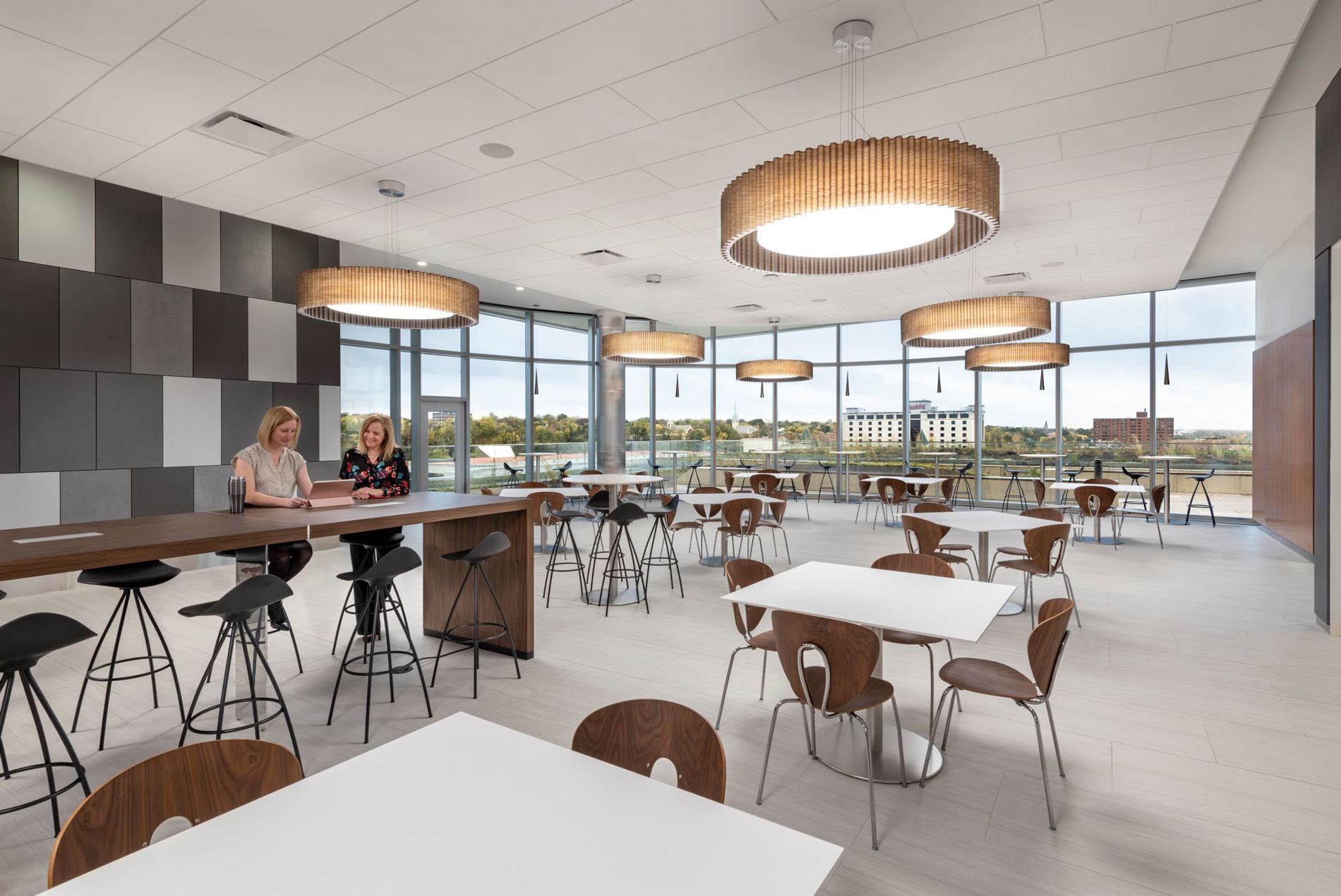
Environments that Heal
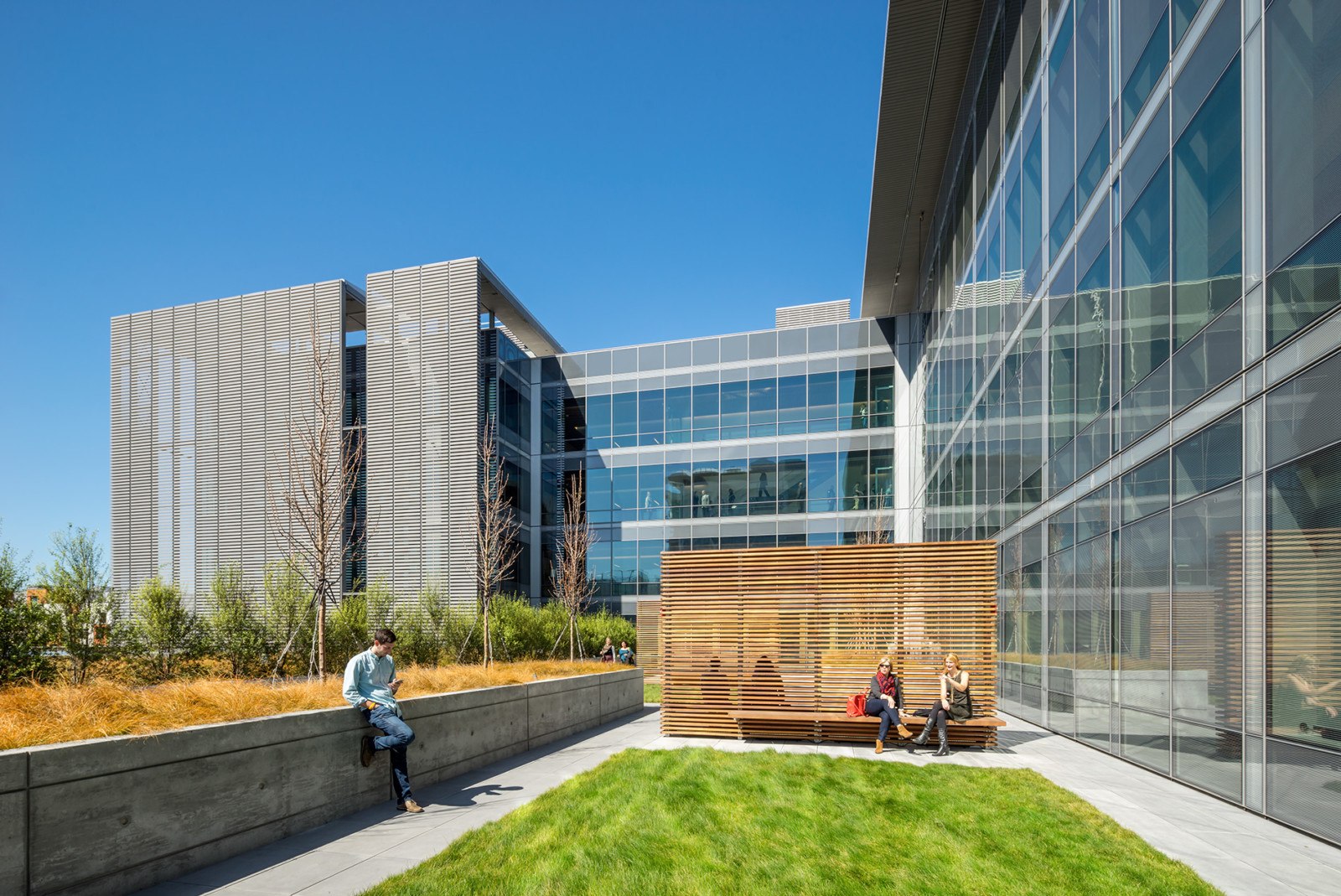
We can’t decide how to allocate public budgets. Our designers can, however, use our imagination, compassion and experience to persuade clients to put in place normalized environments that heal rather than harm. We can take away stress and add hope.
Here are examples of how HOK’s Justice teams have brought thoughtful, humane design to our projects.
At the new Maple Street Correctional Facility in San Mateo County, California, the team designed safe, secure settings that prepare people for new purposes in their lives through vocational training, education, counseling, work programs and transitional housing. In addition to providing a therapeutic environment for inmates, the space is open and inviting to families and provides a light-filled workplace for staff. Sustainable design strategies focused on health and well-being earned the project LEED Gold certification.
The most important mission of the Ohio Reformatory for Women near Columbus is to reduce recidivism. Here, several inmates participated with HOK and K2M in designing a 288-bed dormitory renovation and the landscape design for an outdoor courtyard. The team’s design of several aspects of the dormitory—including the open recreation spaces, operable windows and private, multi-person rooms placed in cells without doors—was based on input from the inmates. “Having the opportunity to brainstorm with people outside of here…was amazing and made me feel like everyone doesn’t see an inmate as a lost cause,” commented one inmate.
The new Indianapolis-Marion County Community Justice Center replaces four detention centers and a courthouse built in the 1960s. Visitors feel like they are entering a hotel or an airport, and not a fortress-like justice facility. With a design based on principles of transparency, universal access and a holistic approach to mental health, the Center’s mission is to reduce recidivism for the people it serves. It has 120 beds for out-of-custody residents. Certified local minority, women or veteran-owned businesses make up more than 40 percent of the project team.
The Davidson County Criminal Justice Center combines secure detention, diversion and treatment in a single downtown Nashville complex. Locating a 64-bed unit for individuals with serious and persistent mental illness (SPMI) near the jail’s booking area allows staff to evaluate prisoners’ emotional and psychological needs at the early stages of processing. The mental health facility has medical and program spaces for therapy.
How can a new police headquarters and training facility foster more openness and dialogue with the public? Creating this ‘handshake’ with the community was the team’s challenge in Oswego, Illinois, in Chicago’s far west suburbs. The design reflects the changing nature of policing by making the building highly accessible to all. Extensive glass curtain walls reinforce the honesty and disclosure that are so vital to community policing.
The Illinois Department of Corrections hopes to establish a national model for mental health care in corrections with its new Joliet Inpatient Treatment Center. Each inmate’s cell and dayroom have plenty of natural light. Views of and access to the outdoor courtyards enhance their well-being by connecting them with nature.
The transparent design of the Will County Courthouse contributes to the rejuvenation of downtown Joliet, Illinois, and engages the community. Clear orientation and simple wayfinding make the courthouse experience less stressful for all.
The San Francisco Public Safety Campus is a shared municipal building housing the city’s police headquarters, a district police station and a 1920s masonry fire station adapted and renovated as a community meeting space. Variegated, high-performance glass reinforces transparency and strong neighborhood connections by bringing daylight into the building and providing views of the Mission Bay neighborhood. It is a nationally recognized example of civic architecture that contributes to a community.
Part of the Solution
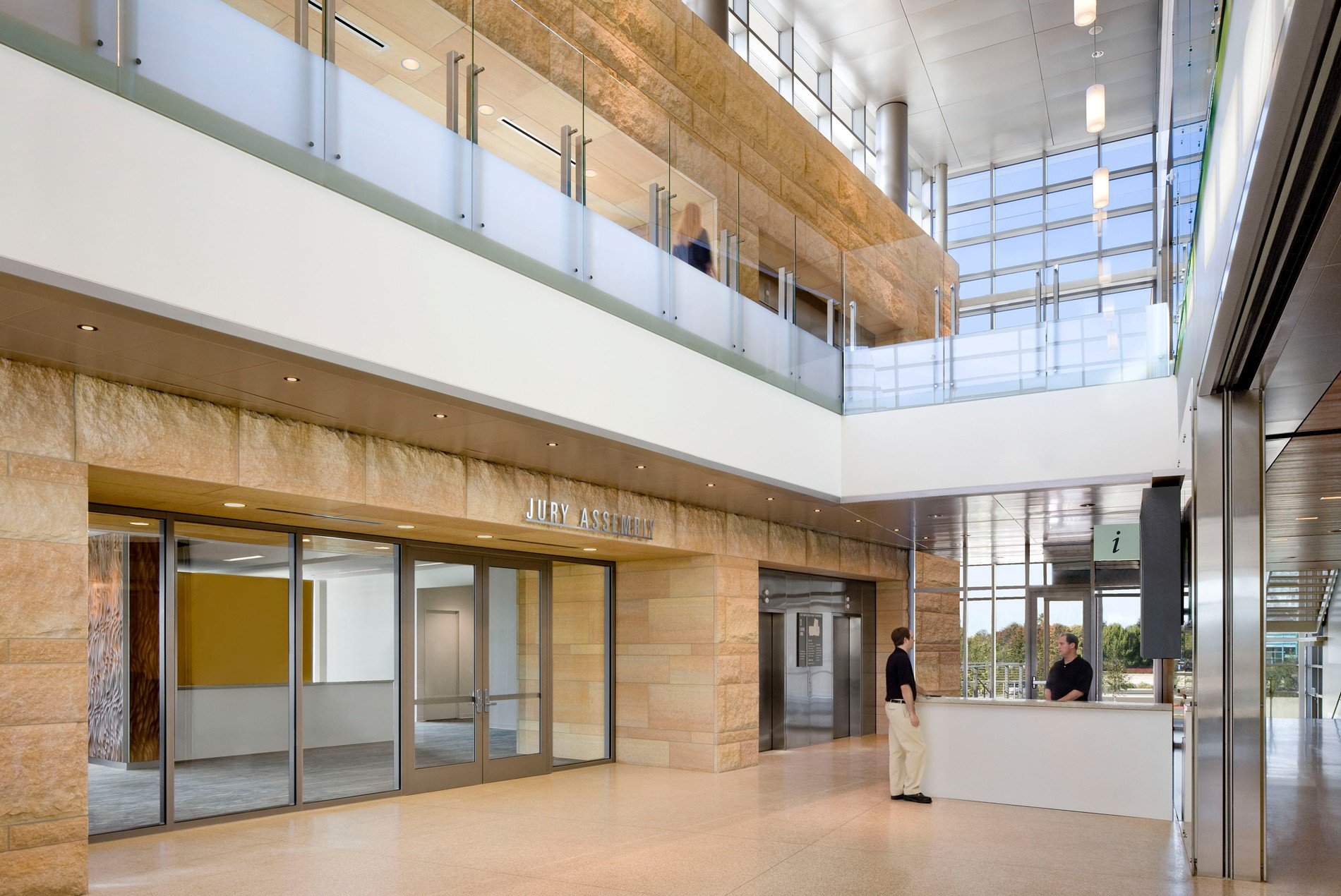
HOK is made up of optimistic people who want to use design to help solve the inequities we see in the world. This compels us to act.
We are committed to serving as a collaborative, empathetic design partner in working with all whose lives are touched by criminal justice facilities to make them places of health and healing. We look forward to working with clients who want to be part of the solution in their communities
